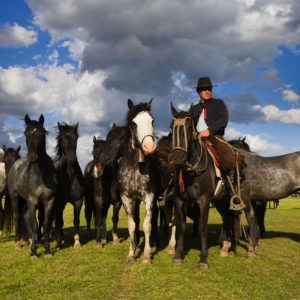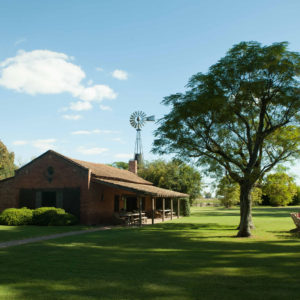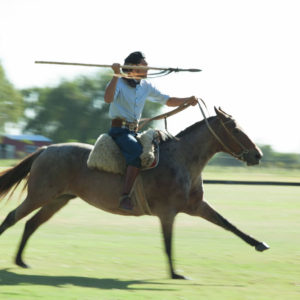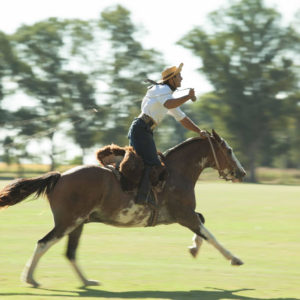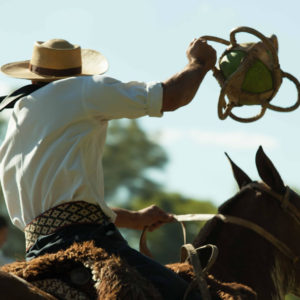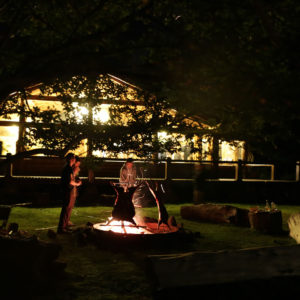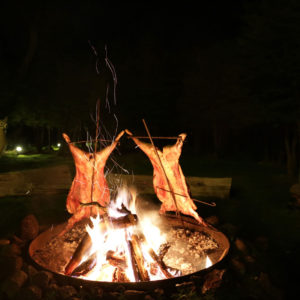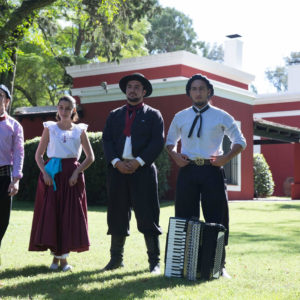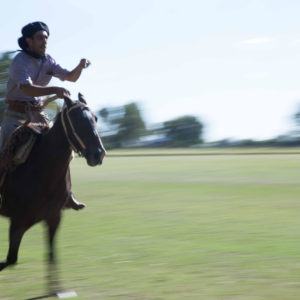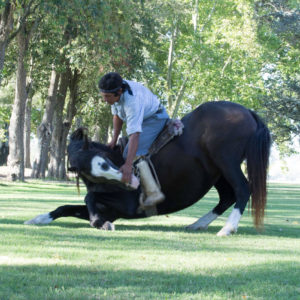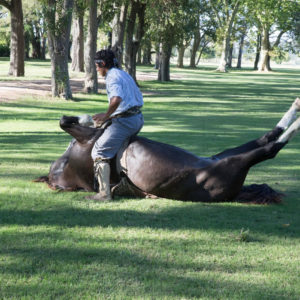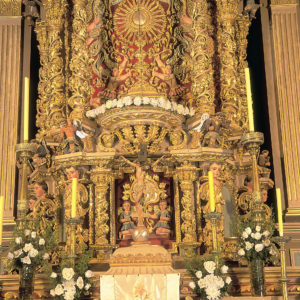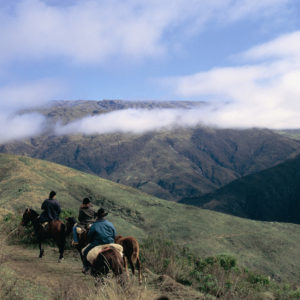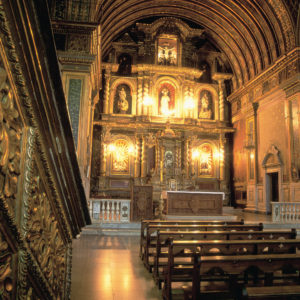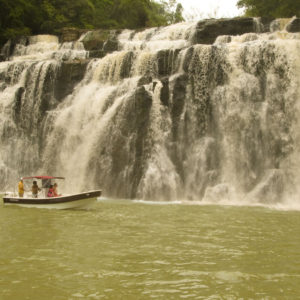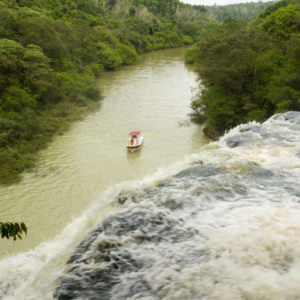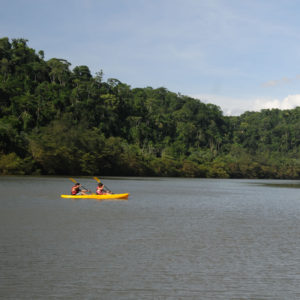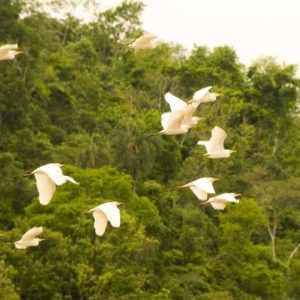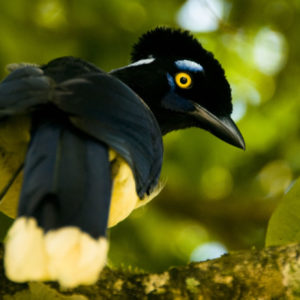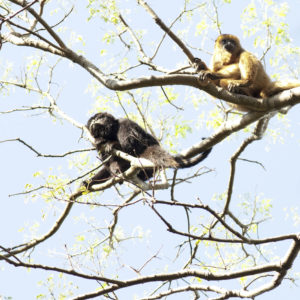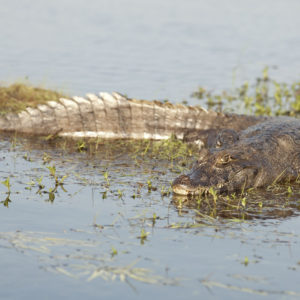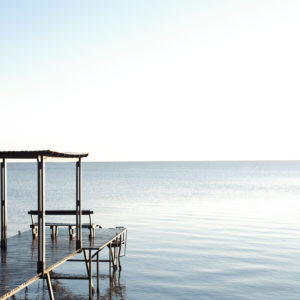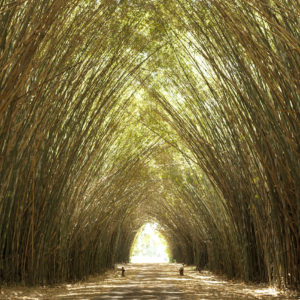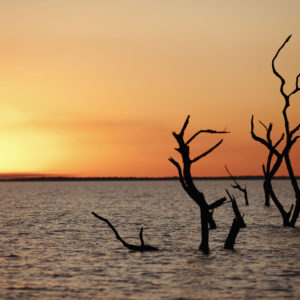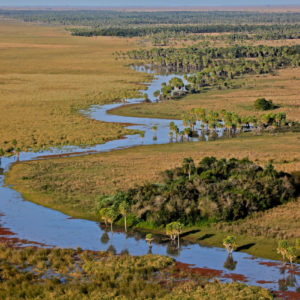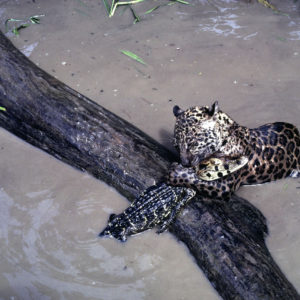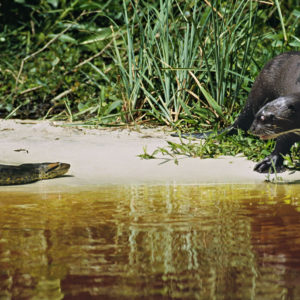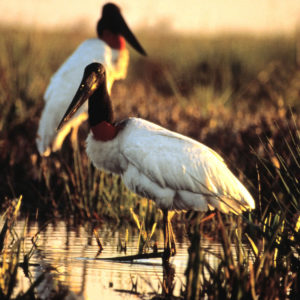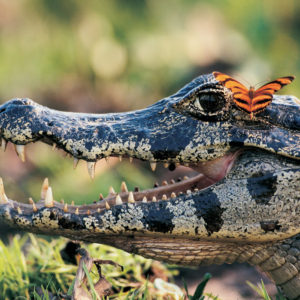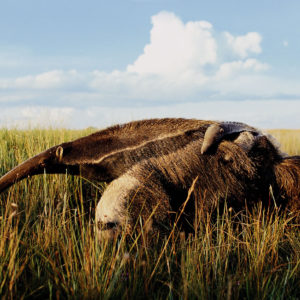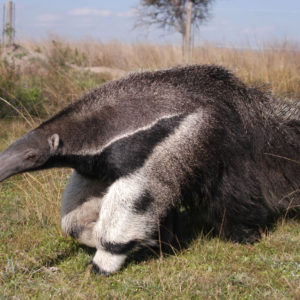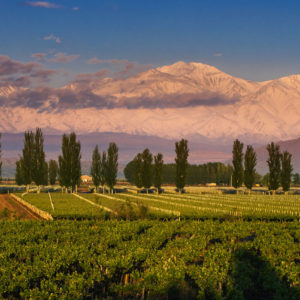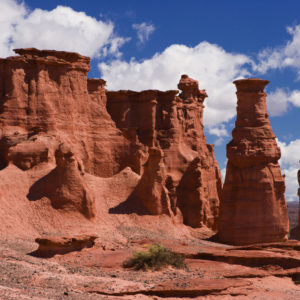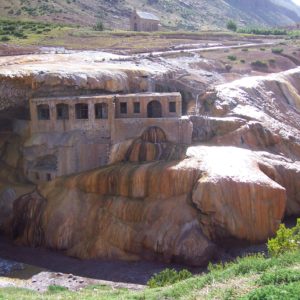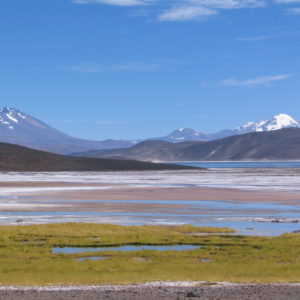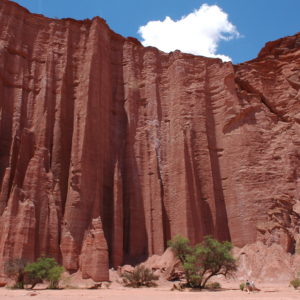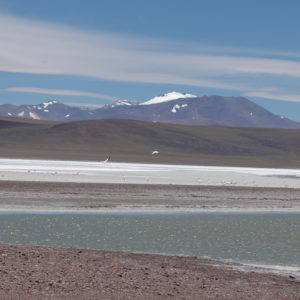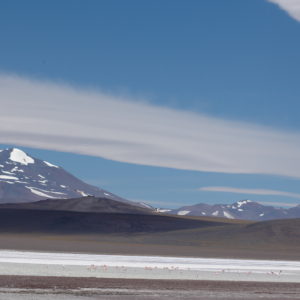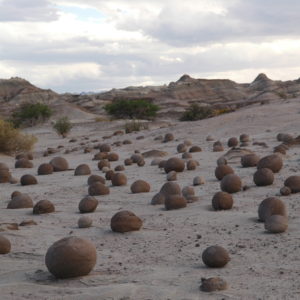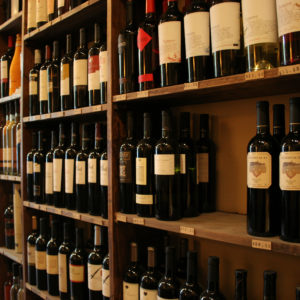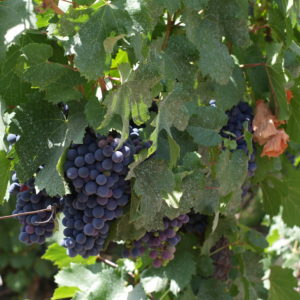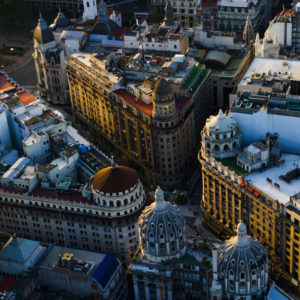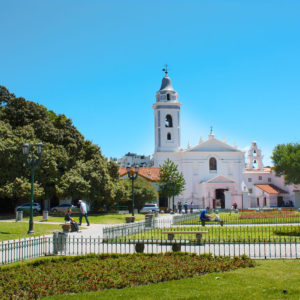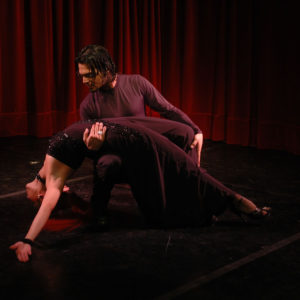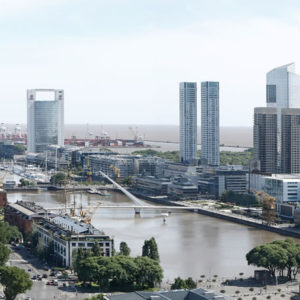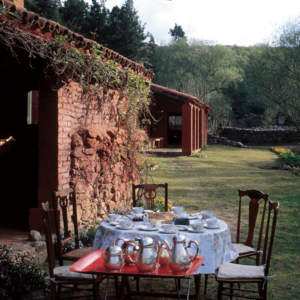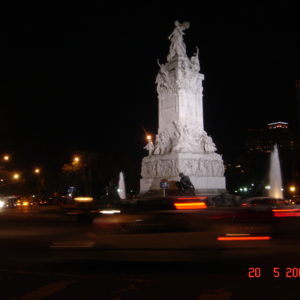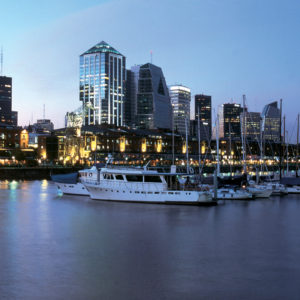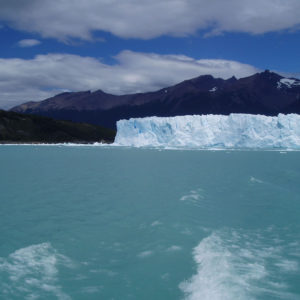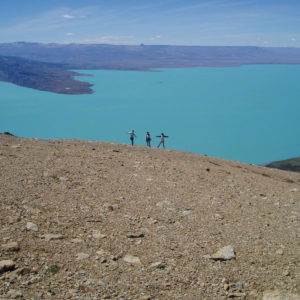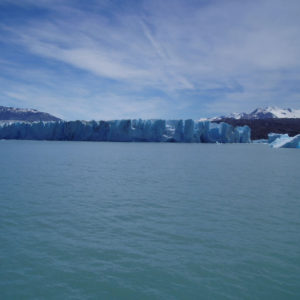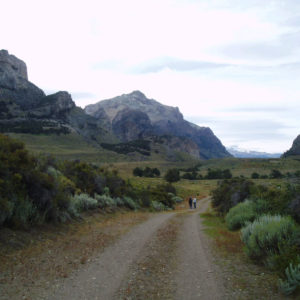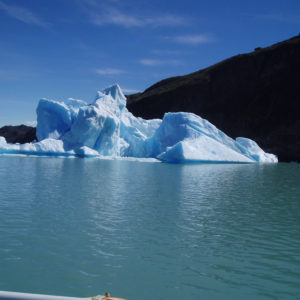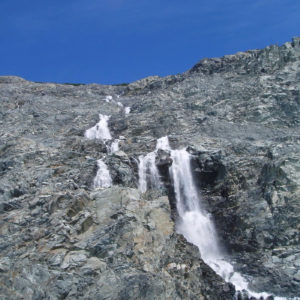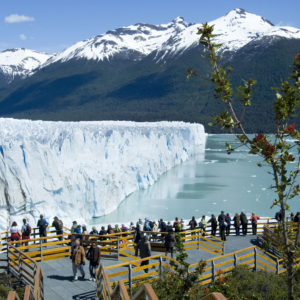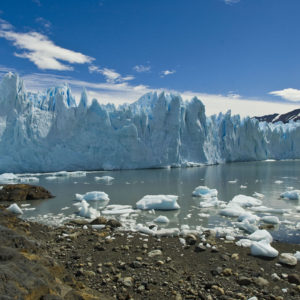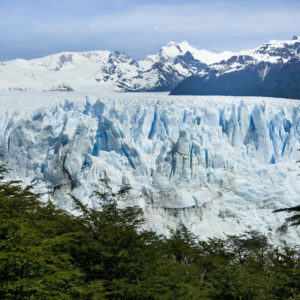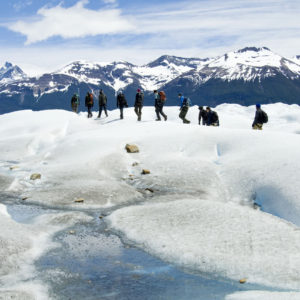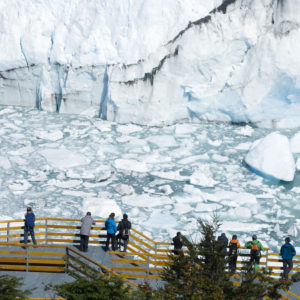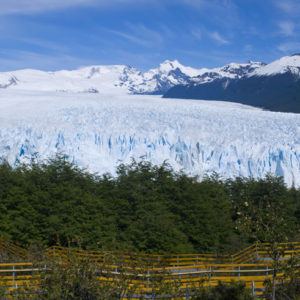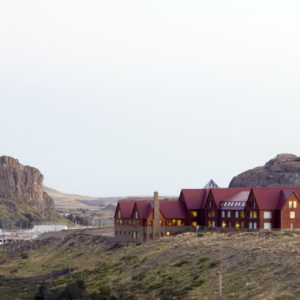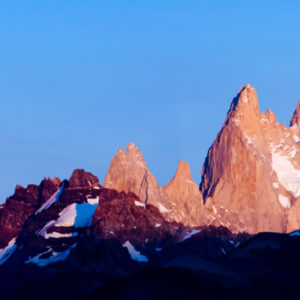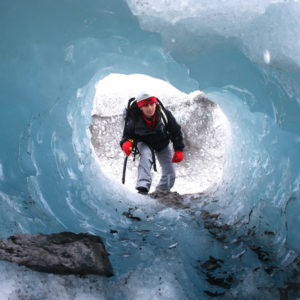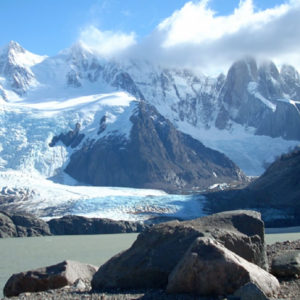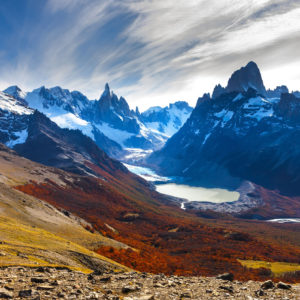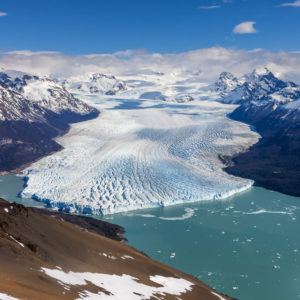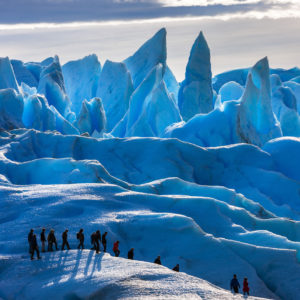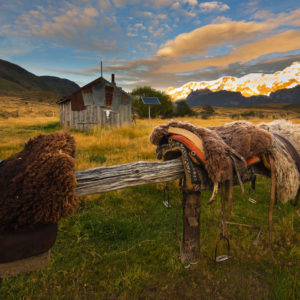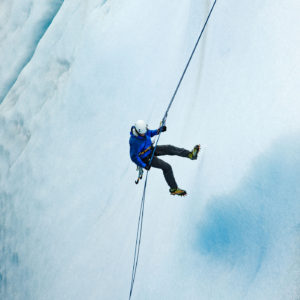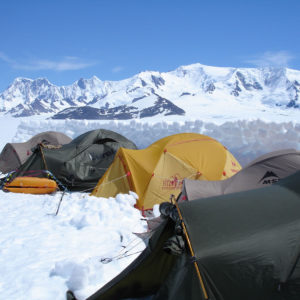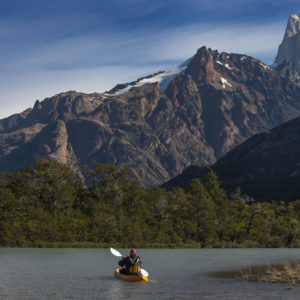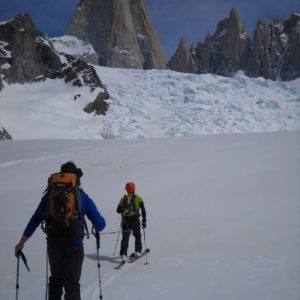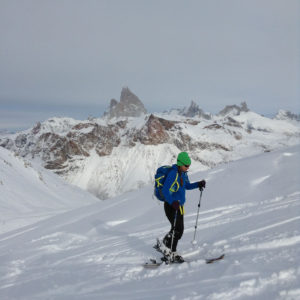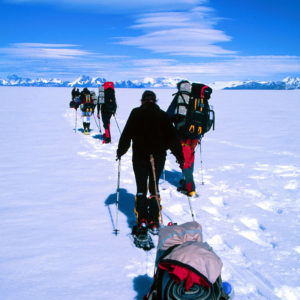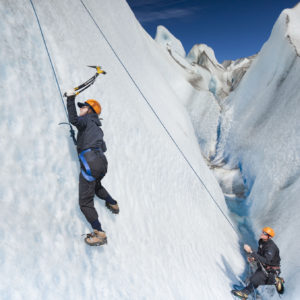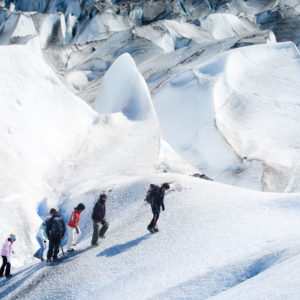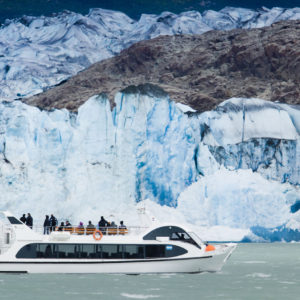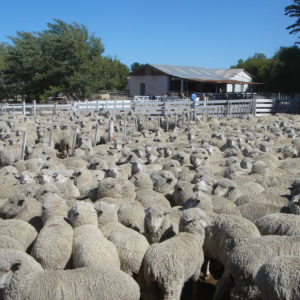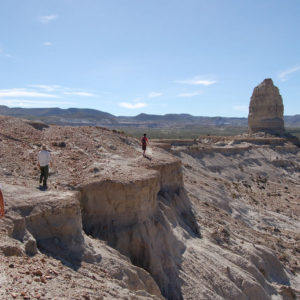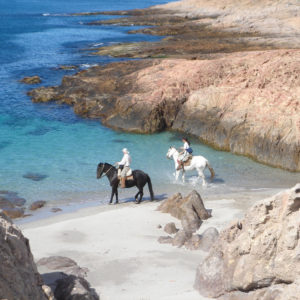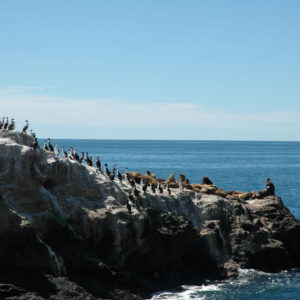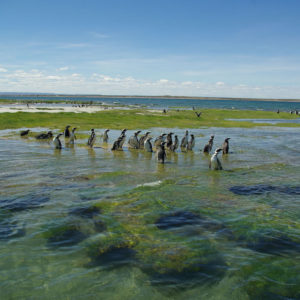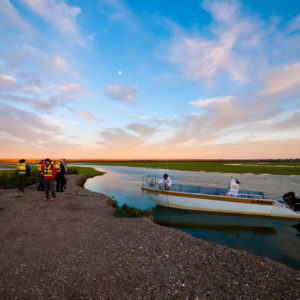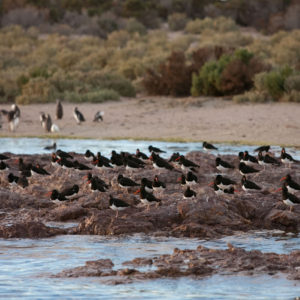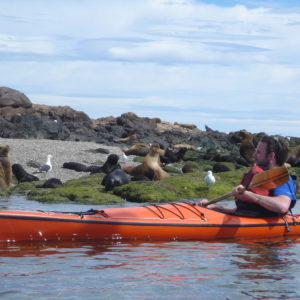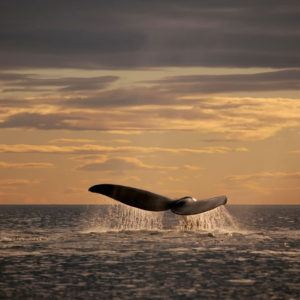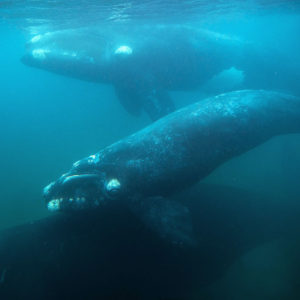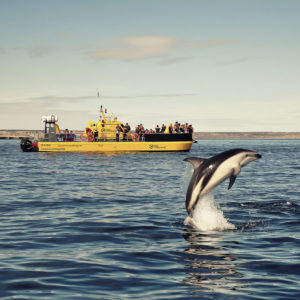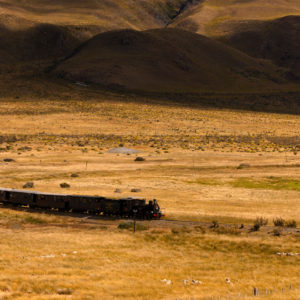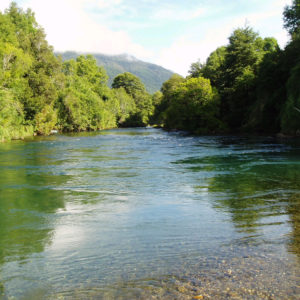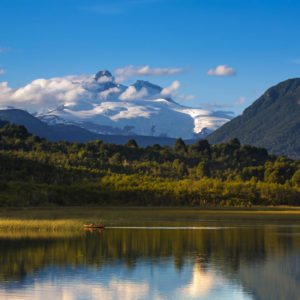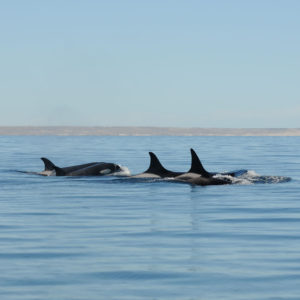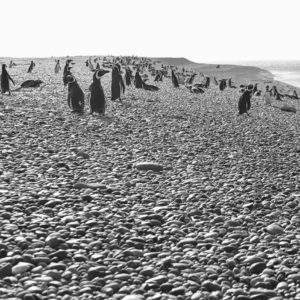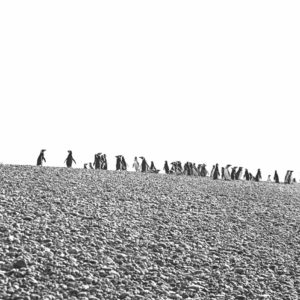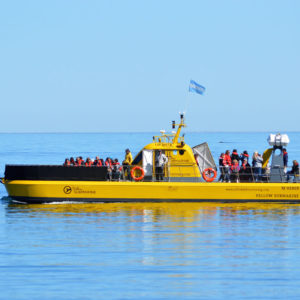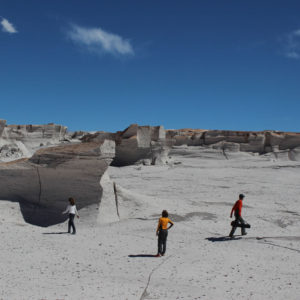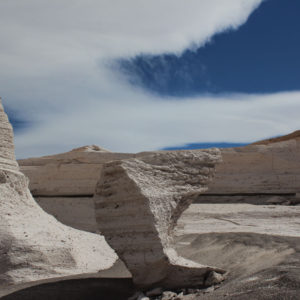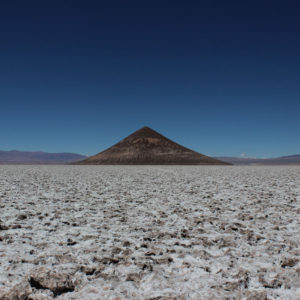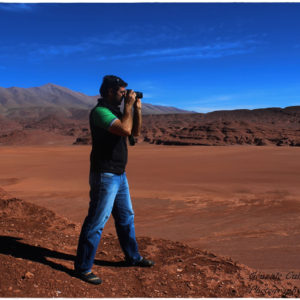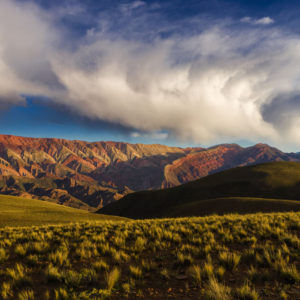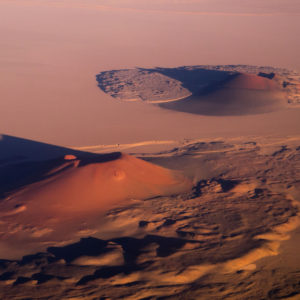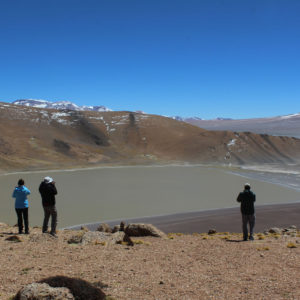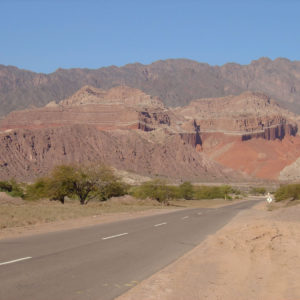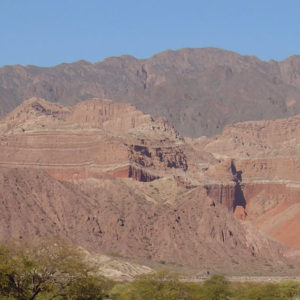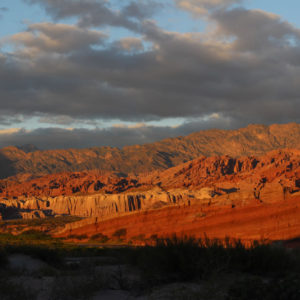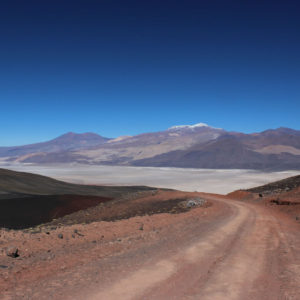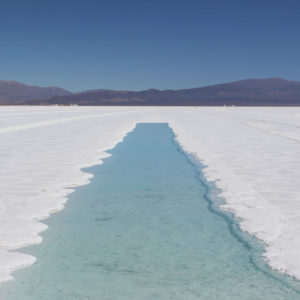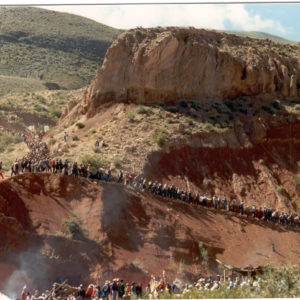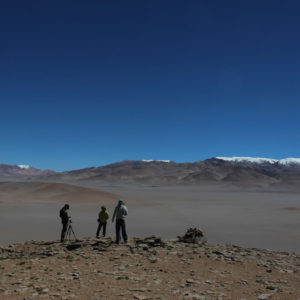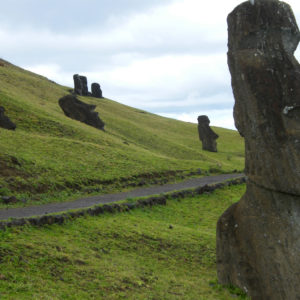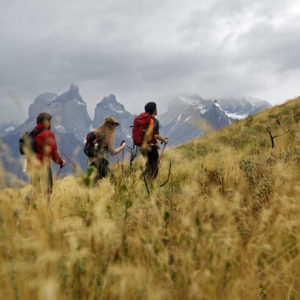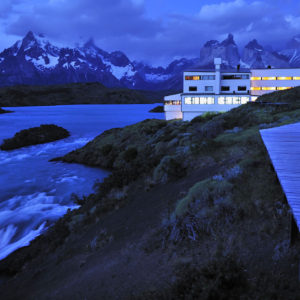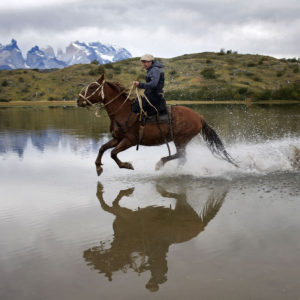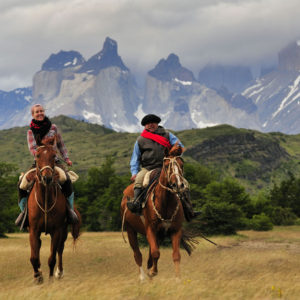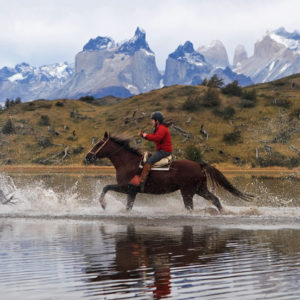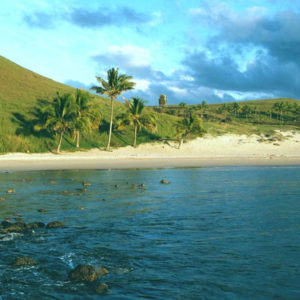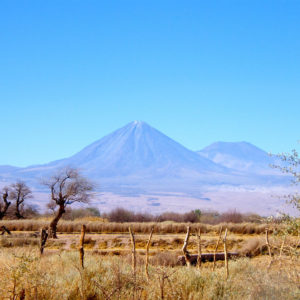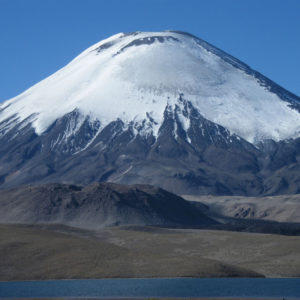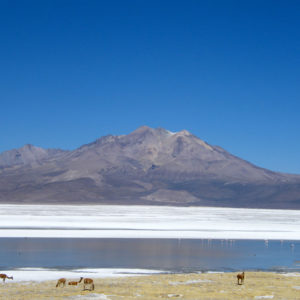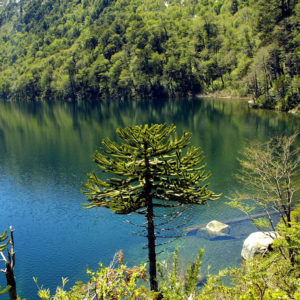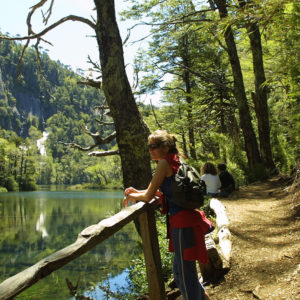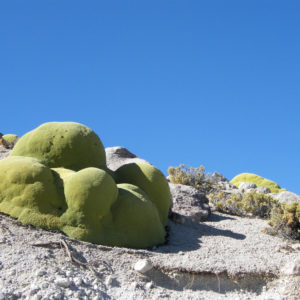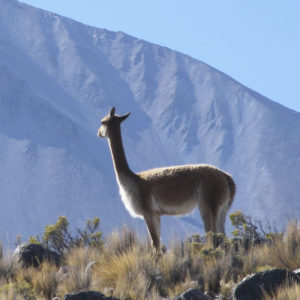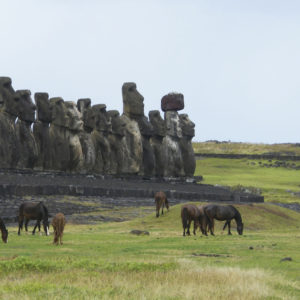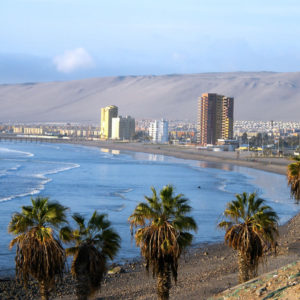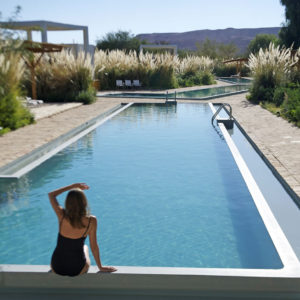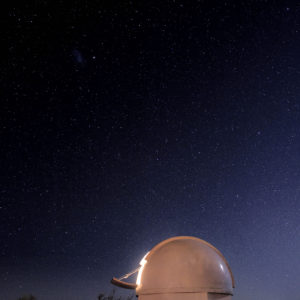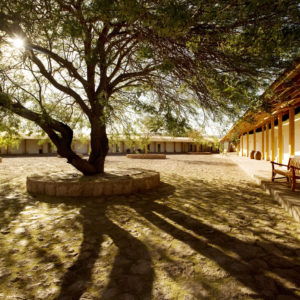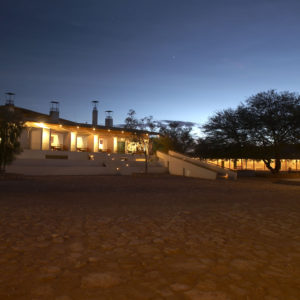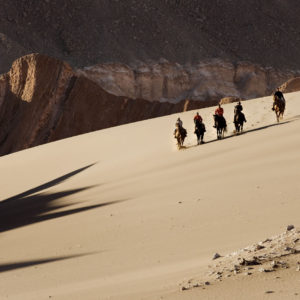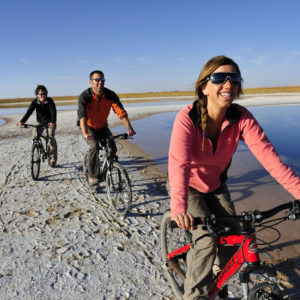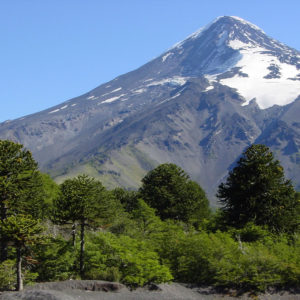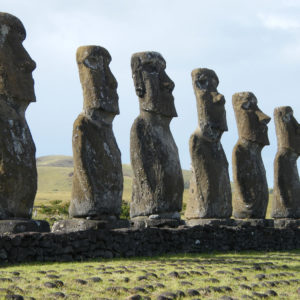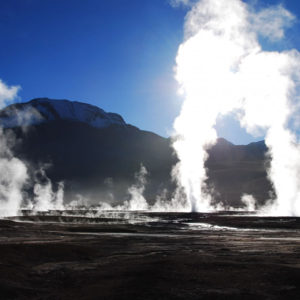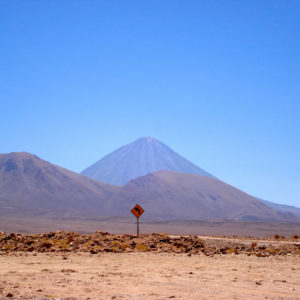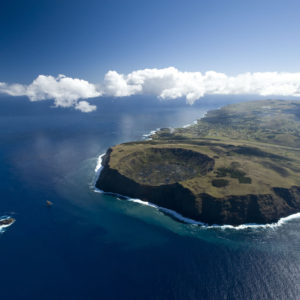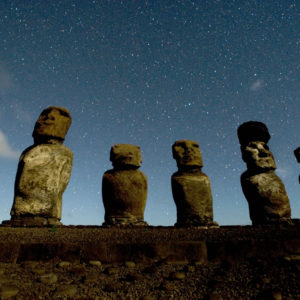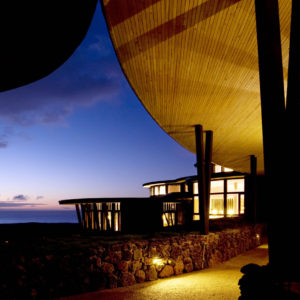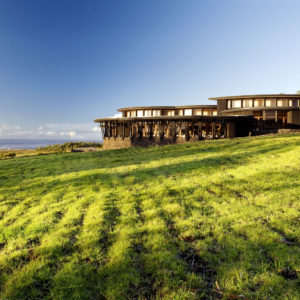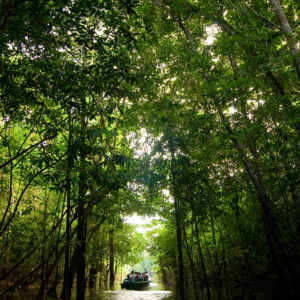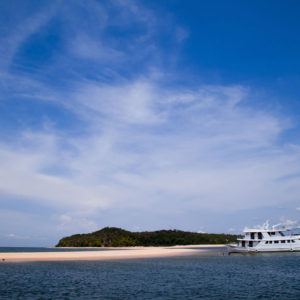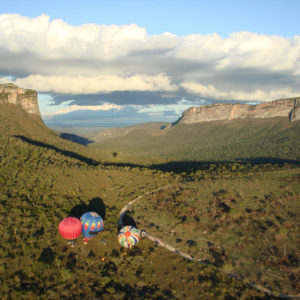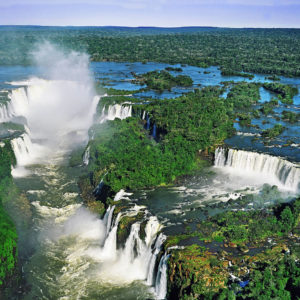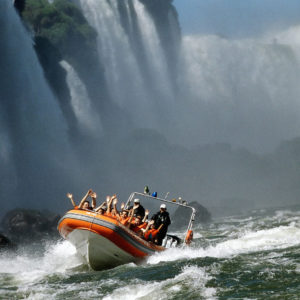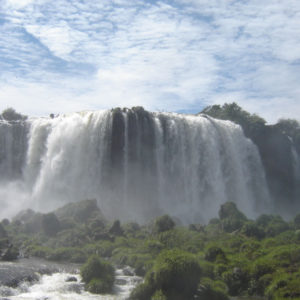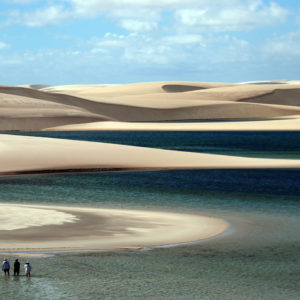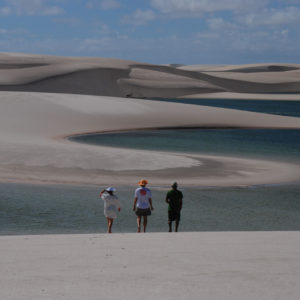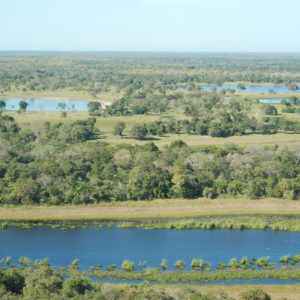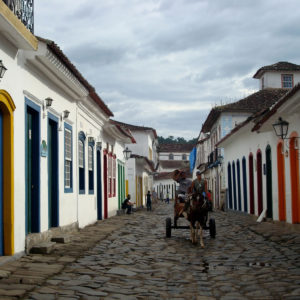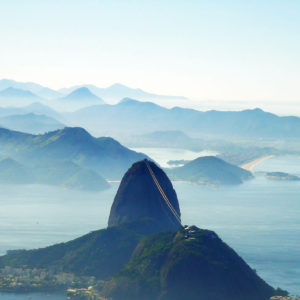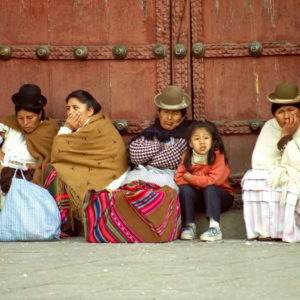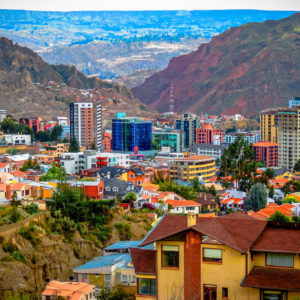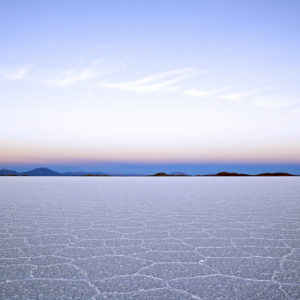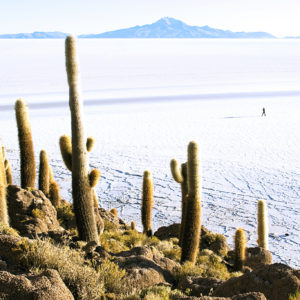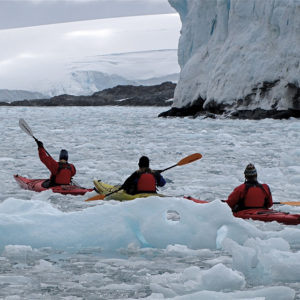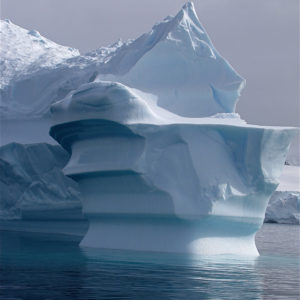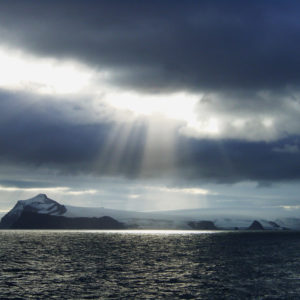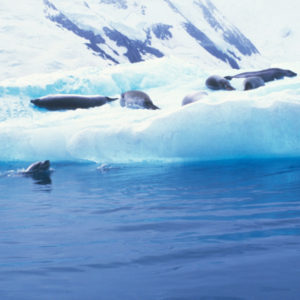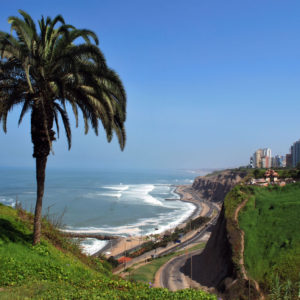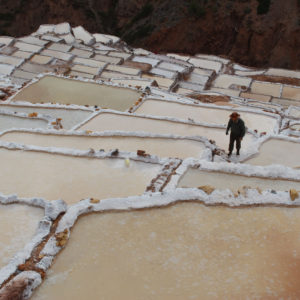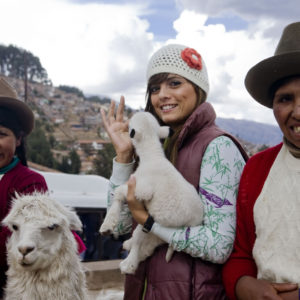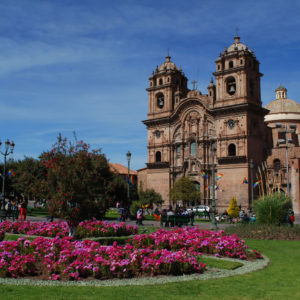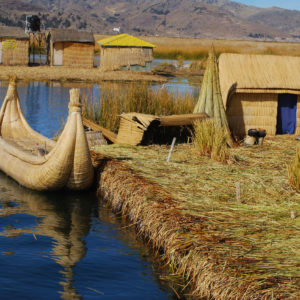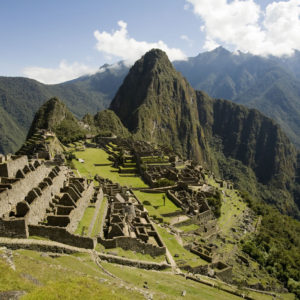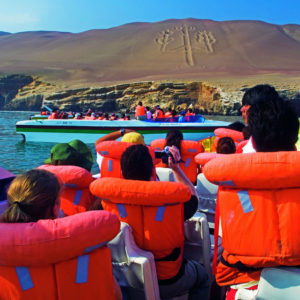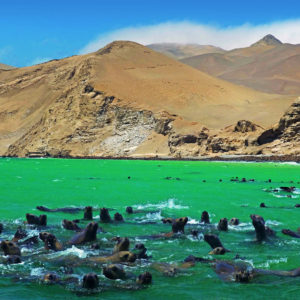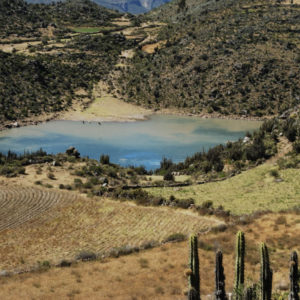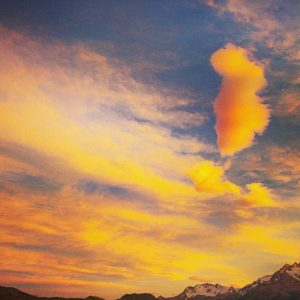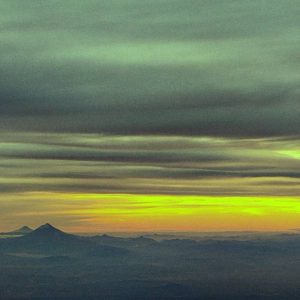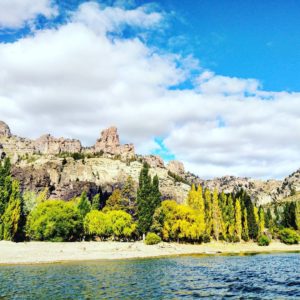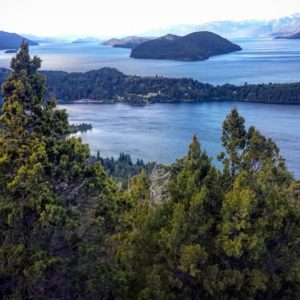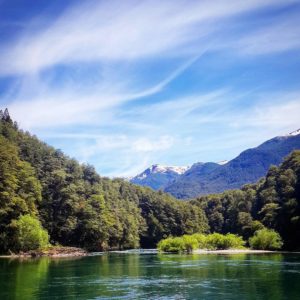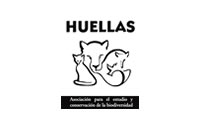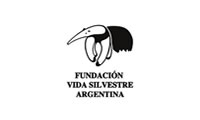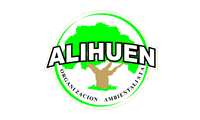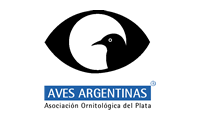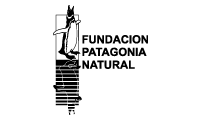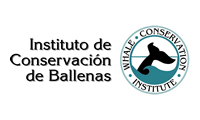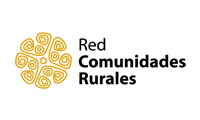· About Acrux ·
Acrux Stellar Destinations’ team combines passion for travel with an in-depth knowledge of South America. After traveling extensively throughout the continent during the past years, we are aware of what this region has to offer and would like to reveal some of its hidden jewels. In addition, the entire team of Acrux Destinations have studied, worked and most importantly lived in different parts of the world allowing them to bridge cultures and understand their clients’ needs perfectly well.
Paolo di Campello and Tomas Menceyra, Acrux’s directors, got together almost 10 years ago in 2007 when they realized that there was no travel agency in the country that could offer personalized trips and exceptional service. The idea was to offer travellers itineraries based on personal likes and interests and not just common touristic packages. Paolo and Tomas have known each other for a long time, since studying and working in the US (Boston and Miami & Los Angeles) for 7 years. Actually, they got to a point where they were recommending traveling to Argentina to friends and co-workers very often and nobody could take good care of them or offer unique experiences. Besides while working abroad in the financial industry was not the same, Paolo and Tomas totally understood their friends’ preferences while traveling.
-
 Paolo Di Campello grew up in Argentina and lived for 8 years abroad. Upon returning to his country he realized the magic of Argentina. He then decided to work to offer the world the wonders of this one, his little southern corner.
Paolo Di Campello grew up in Argentina and lived for 8 years abroad. Upon returning to his country he realized the magic of Argentina. He then decided to work to offer the world the wonders of this one, his little southern corner. -
 Tomas Menceyra, born in Buenos Aires, lived for 7 years in the United States, where he studied. In 2003 he took the wheel of his truck and crossed the American continent, from Los Angeles to Buenos Aires, in an incredible adventure of more than 20,000 kilometers. As soon as he settled in his home town, he began to take advantage of his brand new passion for traveling and started working in the travel industry, which according to him strengthens the economy of the country and the region to a large extent, benefiting many along the way.
Tomas Menceyra, born in Buenos Aires, lived for 7 years in the United States, where he studied. In 2003 he took the wheel of his truck and crossed the American continent, from Los Angeles to Buenos Aires, in an incredible adventure of more than 20,000 kilometers. As soon as he settled in his home town, he began to take advantage of his brand new passion for traveling and started working in the travel industry, which according to him strengthens the economy of the country and the region to a large extent, benefiting many along the way.
· Destinations ·
-
Pampas · Mesopotamia · Cuyo · Buenos Aires · Southern Patagonia · Northern Patagonia · Northwest ·
Argentina is the country of the six continents, probably the only one in the world that manages to summarize in its territory all the climates and landscapes. Below you will find a small summary of each of the regions that make up the national geography, from the unpredictable Buenos Aires to the solitude of the northern puna and the immensity of the Patagonian steppe.
-
Day 1
-
Day 2
-
Day 3
-
Day 4
-
Day 5
-
Buenos Aires – Córdoba, Córdoba
A hilly landscape and favourable weather conditions are distinctive in Córdoba, a place where natural sceneries are mixed with colonial monuments. Little towns, historical antiques and cave paintings are found in a pleasant valley landscape, high plains and gorges.
Cordoba’s hills rise toward the north-western Pampas plains. They are part of the “Sierras Pampeanas” mountain range, reaching 2,790 m high in the Champaqui hill. All these hills are particularly appealing because of their fertile valleys, deserts and salt mines.
Whether horse-riding, walking or simply relaxing and enjoying the landscape from a quiet corner, the energy of the place transforms and renovates the body and soul. -
Córdoba, Córdoba
Córdoba has long been distinguished because of its cultural richness. Cerro Colorado Natural and Archaeological Park, with their Pre-Hispanic cave paintings being some of the most beautiful and complete cave paintings in the continent, has witnessed such cultural richness. Cerro Colorado was poet Atahualpa Yupanqui’s favourite place and his mortal remains lay next to his house, which is now a museum. Atahualpa Yupanqui, which means in Quechua language, “he who comes from faraway lands to say something”, was an Argentine singer, songwriter, guitarist, and writer. He is considered the most important Argentine folk musician of the 20th century. -
Córdoba, Córdoba Province
The proofs of the Compañía de Jesús’ actions from 1599 to 1767 in this province occupy a prominent place. Given the importance of the Jesuit Block and Estancias in Córdoba, these have been declared World Cultural Heritage by the UNESCO. Walking along the road called “Camino de las Estancias Jesuíticas” of the Jesuit Estancias you will have the opportunity to discover landscapes, traditions and habits which define the cultural and tourist identity of Córdoba.
All along the way northward, you will find many 17th and 18th century chapels and farmhouses inherited from the Jesuits. -
Córdoba, Córdoba Province
Due to the great water insufficiency, the first great work of the Jesuits was of hydraulic engineering: a set of underground conduits by which the water arrived at the property from Ongamira, several kilometres of distance in the mountain ranges, and was stored in a great stem. Thus, Santa Catherine became the great center of cattle production with thousands of heads of cattle, ovine and hinny, besides the manufacture with its looms and equipments, the blacksmith shop, the carpentry, the fulling mill (oscillating frame of loom) and two mills. But beyond the great production, Santa Catherine is well-known by its church, baroque example of the colonial one in Argentina, visibly influenced by the Central European architecture of the same style. -
Córdoba, Córdoba
Córdoba’s rivers and streams crossing hillsides, with transparent waters plenty of trout challenging even the best fisherman, are ideal for fly fishing. Situated between 1,000 and 2,000 m above sea level, these rivers and streams are characterized by their top quality waters, which are very oxygenated and cold.
Very good trout fishermen go to the rivers adjacent to Villa General Belgrano, Pampa de Achala, Condorito Gorge and Panaholma River, where there are plenty of fontinalis trout. Rainbow trout prevail and many brown trout and salmons have been raised. These are often found in streams and tributary rivers rather than lakes. Fishing is a good idea any time of the year. However, the ideal season is from October to May.
For those who want to be in touch with nature, options are countless mountaineering, climbing, trekking, horseback riding, mountain biking, 4 x 4 journeys, photography safaris, plant and animal watching, paragliding flights, hand-gliding and ballooning.
-
 Season
SeasonBest time of the Year: All year round.
Temperatures: March – May: 25ºC / 15ºC or 77°F / 59°F
June – August: 18ºC / 7ºC or 64°F / 45°F
September / November: 24ºC / 16ºC or 75°F / 61°F
December / February: 30ºC / 22ºC or 86°F / 72°F -
 Activities
Activities– Outdoor activities
– Local and Gaucho life
– Horseback rides
– Hiking
– Golf
– Polo
– Jesuit Estancias
– Hikes and Trekking -
 Points of interest
Points of interestCordoba City
Camino Real (Jesuit Missionaries)
La Cumbre
Ongamira
Jesus María
Cordoba City
Camino Real (Jesuit Missionaries)
La Cumbre
Ongamira
Jesus María
-
 Packing List
Packing List– Comfortable clothes for outdoor activities
– Sneakers
– Swimsuit (during Summer)
– Casual clothing for dinner
– Cap or hat
– Sunscreen lotion
– Sunglasses
– Sweater (For Winter)
– Small backpack for excursions (Hikes & Horseback rides)
– Camera -
 Important dates
Important datesFestival Nacional de Doma y Folklore - 2nd week of January - www.festival.org.ar
 Music
Music Book
BookEl Gaucho Martin Fierro (Jose Hernandez) - 1872
 Movie
MovieHistorias Extraordinarias (2008)
Juan Moreira (Leonardo Favio) - 1973
-
Day 1
-
Day 2
-
Day 3
-
Day 4
-
Day 5
-
Day 6
-
Puerto Iguazú, Misiones Province
Puerto Iguazú City borders with Brazil and Paraguay along the course of Paraná and Iguazú Rivers, providing the greatest spectacle of water and forest on Earth - the imposing Iguazú Falls - in guaraní language "Big waters". These waterfalls of the Iguazu River are located on the border of the Argentine province of Misiones and the Brazilian state of Paraná. They are the largest waterfalls system in the world.
Today you will go sightseeing in the city of Foz do Iguazu, natural entrance to the Brazilian side of the Falls and visit the Brazilian side of the National Park, walking along the sidewalks which have breath-taking views of the falls; here you can clearly observe the fracture of the soil, highlighted by the river flow. The falls divide the river into the upper and lower Iguazu. -
Iguazú Falls, Misiones Province
On the Argentina side you will find the Iguazú National Park – a UNESCO World Natural Heritage site – you could visit 275 waterfalls and get to know its exotic flora and fauna. In a small ecological train you will get closer and closer to the falls and have the opportunity to appreciate them from the sidewalks, until you get to the Devil's Throat which is the main focal point of the river’s power.
Then, you could undertake the Great Adventure, an amazing experience going through the rainforest in 4X4 vehicles, sailing the rapids of Iguazú River until you get closer to some of the most extraordinary falls where you will have a “baptism in the mist”. -
Iguazú – El Soberbio, Misiones
The jungle of Misiones has a natural charm and magnetism along with wonderful landscapes. This part of the province, located 280 km from Posadas and 290 km from the Iguazu Falls, is known as the Region of the Waterfalls and Cascades, and it is where the magnificent Waterfalls of Moconá (Saltos de Moconá) are located.
On the road, you will visit the San Ignacio Mini ruins, the Jesuit Missions, which have been elected Cultural Historic Heritage by UNESCO. The dirt-road continues through paths of amazing red soil while traversing the dense Jungle of Misiones until you reach the small town of El Soberbio. Close to town you will get to an exclusive lodge, where you will be staying in the middle of the jungle. -
Saltos de Moconá, Misiones
You will get to the river in 4WD vehicles, you will jump into boats and explore the 3 kilometers of falls at your side, which were produced by a geological fracture on the Uruguay River. The river is divided in two and the streams run parallel to one another, but while one follows the natural decline of the terrain, the other keeps going higher and pushing its waters with incredible power.
On the outskirts of the Yaboti Biosphere reservation, you could take interpretative hikes in the woods with some native Guarani Indian guides. You could witness as well some of the most amazing autochthonous fauna or set out on a photographic safari in 4x4 vehicles. -
El Soberbio – Esteros del Iberá
At midday you could embark on a private flight through the Iberá Marshlands on a Cessna 182 (previous transfer to the runway). It will land on a traditional estancia of the Iberá wetlands, where you will spend the next nights surrounded by huge swamps, incredible flora & amazing fauna.
The estancia is a small, refined eco-tourist hotel in the ranch’s recycled main house. Located in a subtropical climate zone. -
Esteros del Iberá, Corrientes
There are many activities to experience at the estancia such as horseback riding, boat & canoe trips, nature walks & fly fishing. On top of that, this magical lodge is an excellent place for birding; if you are not already a birdwatcher, it is very easy to become one here. You can see an amazing number of different type of birds in a short time, including endangered species from the surrounding region that have found shelter here. From the saddle you can see lots of wildlife; riding is the quickest, easiest and most pleasant way to get to know this ecosystem. This is a good opportunity to learn a few words in guaraní as the guides still speak among themselves in this ancient and harmonic language.
-
 Season
SeasonBest time of the Year: All year round.
Temperatures:
March – May: 30ºC / 16ºC or 86°F / 61°F
June – August: 19ºC / 9ºC or 66°F / 48°F
September / November: 28ºC / 18ºC or 82°F / 64°F
December / February: 32ºC / 24ºC or 90°F / 75°F -
 Activities
Activities– Walks through National Parks
– Navigations
– Hiking
– Horseback riding
– Flora & Fauna Expeditions
– Fishing
– Kayaking
– Photographic Safaris
– Bird Watching -
 Points of interest
Points of interestIguazu National Park
Puerto Iguazú
Foz de Iguazu
Saltos del Moconá
San Ignacio Mini (Jesuit Missions)
Posadas
Iberá Marshlands
El Palmar National Park
Concordia
Iguazu National Park
Puerto Iguazú
Foz de Iguazu
Saltos del Moconá
San Ignacio Mini (Jesuit Missions)
Posadas
Iberá Marshlands
El Palmar National Park
Concordia
-
 Packing List
Packing List– Warm clothing
– Swimsuit
– Shorts and pants (wind/waterproof if possible)
– Short sleeves & mid-season T- shirts / shirts
– Small backpack for excursions
– Cap or hat
– Sunglasses
– Windbreaker
– Sunscreen lotion
– Comfortable shoes
– Insect repellent
– Camera -
 Important dates
Important datesIguazu in Concert – Every May www.iguazuenconcierto.com
 Music
MusicAntonio Tarrago Ros / Folklore Litoreño
 Book
Book“The exiles and other stories” (Horacio Quiroga)
 Movie
MovieLa Misión (Roland Joffé, 1986)
-
Day 1
-
Day 2
-
Day 3
-
Day 4
-
Day 5
-
Day 6
-
Day 7
-
Sierra de las Quijadas, San Luis Province
We recommend you to visit the Sierra Las Quijadas National Park. Semiarid climate, few water streams and desert soil where silence seems to emerge from deep abysses. These lands, which were once the shelter to fugitive gauchos fleeing from justice, today are part of this impressive protected area. Much has been done by the wind and water to build up this region, since they have dug in the womb of the mountain range the astonishing valley of Potrero de la Aguada, where you can find huge mountain terraces, hoodoos, out-jutting rocks, cliffs and natural ridges that make this park an amazing and wonderful place.
The deep valley, which is cut through an enormous gap of very high reddish walls, provides the ideal scenery for adventure tourism. Trekking, mountain climbing and photographic safaris are some of the visitors’ favourite activities. There are inner pathways and tracks that allow visitors to walk throughout the park. -
Sierra de las Quijadas, San Luis Province
Each of its corners lodges treasure troves such as ancient plants, archaeological remains of the huarpe culture (mud ovens and cooking pits) and valuable paleontological sites, due to the fact that a hundred million years ago, the area was the natural habitat of pterosaurs and dinosaurs.
Visitors can also enjoy an outstanding natural amphitheatre, cut through by a stream and surrounded by 1,200 metre-high mounts, where the reddish hues of the soil mingle with the green hues of vegetation. The most remarkable species are the chica, the jarilla, the cactus, and the olla rocetilla, as well as the white quebracho and numerous species hanging from the high rocky walls.
As regards to the local fauna, you can find pumas, guanacos, peccaries, maras (cavies), wild boars, ñandus, and wild donkeys, as well as condors in the high peaks, and flamingos in the lake areas and swamplands.
During sunset, the sun lightens the ravines, drawing majestic irregular edges in the century-carved profiles, as suggestive as each corner, where everything is surrounded by an ever-lasting mysterious silence. -
Sierra de las Quijadas – Mendoza
In Mendoza, there is a beautiful sight of streets flanked by trees, squares and parks linked by a web of irrigation ditches which is 500 km long and waters the whole area allowing city planning even in arid zones. Land with historic tradition, Mendoza keeps many memories of San Martín's epic in the cerro de la Gloria (Hill of the Glory), El Plumerillo, San Martín Park and the museums that show documents testifying the presence in the region of this Argentinean eminent person. Starting point to enjoy adventure travel and high mountain sports like trekking, ski or rafting, Mendoza offers various circuits to go on these excursions. -
Mendoza – Tupungato, Mendoza
Lujan de Cuyo is located southwest of the city of Mendoza. First you will visit and taste wines at Viña Cobos winery that belong to the prestigious winemaker from California, Paul Hobbs. You will have the opportunity to taste Felino and Bramare wine line. Then you go to visit and taste wines at Achaval Ferrer winery, known for the elaboration of some of the most prestigious wines of Argentina. Your next stop will be at Finca Decero. You will taste from the oak barrels. During the lunch, you will taste the different wine lines.
In the afternoon you could visit wineries on the Tupungato region.
Wineries selection can vary depending oon your ineterests and likes. -
Tupungato, Mendoza Province
Privacy, warmth, tradition, nature, peace, adventure and fun live together in harmony in the 3.000 hectares of this estancia. This ranch, belonging to a traditional family since more than 200 years ago, is opened today to the most demanding tourists. They are served in a personalized way by its owners, bilingual hosts who share with their guests, moments of their stay.
The magic of the place moved the owners to build a comfortable lodge, where the art of hospitality is honoured in broad heart of the Andes in Mendoza. To the hotel and gastronomy excellence, they can add the country and outdoors activities such as horse riding, trekking, fishing and drives in four wheel drive vehicles. For the richness of its flora and fauna, the estancia is taken care as a natural reserve. “Guanaco” troops, the majestic "condor" and the slippery trout, among other things, are the only permanent inhabitants of the Andes ranch. -
Tupungato – San Juan Province
The next stop will be San Juan Province. The ideal drive will include a stop at Ischigualasto Park before reaching the town of Villa Union, right after crossing the border to la Rioja Province. The most accepted hypothesis gives the name "Ischigualasto" a Quechua origin, meaning "place where the moon sets“. This Provincial Park is also known as Valle de la Luna (Moon Valley), due to its otherworldly appearance. It is the only place in the world where nearly all of the Triassic period is represented in an undisturbed sequence of rock deposits. This allows for the study of the transition between dinosaurs and ancient mammals. The Park is a UNESCO World Heritage Site. -
Talampaya – Chilecito, La Rioja Province
Talampaya Canyon is a gift from nature and our ancestors; it transcends our existence. Appreciating its majesty and scale is a humbling experience. Find the peace that you need to relax from your busy life and responsibilities in the quiet overlooks of the Canyon. Take the time to amaze at the scenery and to feel its mystical energy. Indulge in the thrilling show of light and shadow cast by the sun all along your tour; feel the sun and the wind on your face on every trail. Enjoy the unique experience of following the flight of the Condors spreading their wings to embrace the canyon walls. Dawn and dusk are special occasions to admire the unique reflections of sunlight on the red soil of Talampaya.
-
 Season
SeasonBest time of the Year: September to April.
Temperatures:
March – May: 20ºC / 12ºC or 68°F / 54°F
June – August: 14ºC / 4ºC or 57°F / 39°F
September / November: 26ºC / 14ºC or 79°F / 57°F
December / February: 30ºC / 18ºC or 86°F / 64°F -
 Activities
Activities– Wine Tours
– Private visits to different wineries
– Wine Tasting
– Outdoor activities
– Adventure excursions
– Rafting
– Mountaineering (Andes mountains, Aconcagua Mount)
– Horseback riding
– Hiking
– Ski
– Golf
– 4WD Safaris
– Gourmet Outings -
 Points of interest
Points of interestMendoza City
Lujan de Cuyo & Valle de Uco Vineyards
Las Leñas Ski Resort
Ischigualasto National Park
Aconcagua Mount
Talampaya Provincial Park
El Leoncito National Park
Barreal
Chilecito
Mendoza City
Lujan de Cuyo & Valle de Uco Vineyards
Las Leñas Ski Resort
Ischigualasto National Park
Aconcagua Mount
Talampaya Provincial Park
El Leoncito National Park
Barreal
Chilecito
-
 Packing List
Packing List– Comfortable clothes for outdoor activities
– Sneakers
– Swimsuit (for Summer)
– Casual clothing for dinner
– Cap or hat
– Sunscreen lotion
– Sunglasses
– Sweater
– Day bag / Small backpack for excursions
– Camera -
 Important dates
Important datesGrape Harvest Festival – 1st week of March
 Music
MusicLos Indios Tacunau / Cueca Cuyana
 Book
Book
 Movie
MovieAlamos Talados (Catrano Catrani 1955)
-
Day 1
-
Day 2
-
Day 3
-
Day 4
-
Day 5
-
Day 6
-
Buenos Aires, Argentina
Buenos Aires has its own secrets and legends. An exquisite combination of a European atmosphere and the charm of Latin American cities. We propose a tour in which you will have the possibility to discover the wonders of this capital city diving into the rich history that still flourishes today. The “must see” of Buenos Aires include: Recoleta with its cemetery (where Eva Peron’s tomb lies); the boutiques, bars and restaurants of fashionable Palermo; the seductive tango shows; the sprawling cafes and charming old fashioned restaurants; San Telmo’ s antique fair; countless museums and art galleries, and the Colon Opera House.
Tango is one of the symbols of our city, product of the combination of the creole culture and those of the immigrants who arrived in Buenos Aires at the end of the XIX century. Discover the history of this sensual rhythm of life in Buenos Aires enjoying a dinner-show in a traditional tango house. -
Buenos Aires – San Antonio de Areco
Our recommendation is to visit a traditional gaucho estancia in San Antonio de Areco, 110 km north from Buenos Aires. It has been declared city of historic national interest by the Argentine Government and is recognized for being the homeland of Don Segundo Sombra, the immortal character of the novel written by Ricardo Güiraldes.
One of the oldest estancias in Argentina that combines luxurious comfort and colonial elegance is waiting for you. Exquisite cuisine, asados and mate tasting, gaucho traditions, horseback rides or by carriage, mountain bike, Argentinian bowls game, hot stone massages, swimming pool and the numerous relaxation areas offer you an unforgettable restful experience and an incomparable way to restore energy. -
San Antonio de Areco, Buenos Aires
In the morning visit the near by town of San Antonio de Areco. It invites you to return to the 18th century with its narrow colonial streets, church, bars and museums. Explore the soul and character of the gaucho at the Ricardo Güiraldes Gaucho Museum. Admire the master silversmiths in their workshops and marvel at the skill of the leather craftsmen. Heirs to Argentine tradition, these artists perpetuate the international fame of San Antonio de Areco. Each year in November, the city holds the Tradition Day gaucho celebration, a unique event full of activities, parade, games and fun. -
San Antonio Areco – Buenos Aires
Some recommendations for the following days in Buenos Aires city are:
Personal Shopping: Buenos Aires is also well-known for being one of South America's fashion and design center. You can buy around the most important national and international brands, argentine crafts and antique shops.
Art Experience: we can put together an exclusive art agenda for customers interested in living a different art experience in the city. We can adapt tailor made proposals according to the specific needs and interests. Either if you are an art enthusiast or and art expert (collector, museum director, gallery owner) visits can be much more specialized depending on your likes, visiting private collections not accessible to the public for example. -
Tigre Delta, Buenos Aires
Spend one night surrounded by water and exuberant vegetation in a luxury Resort in central Paraná Delta area.
Its surprising 71/2 ft. "palafittes" system hides structures in the forest and links all facilities by elevated wooden passages and bridges.
You can use the spa, swim, fish and enjoy nature doing trekking in the forest to visit the inner territory of the island and explore the area’s semi-virgin water courses on pedal boats. Exotic bird and other wildlife watching is frequent and simple. -
Tigre Delta, Buenos Aires
The Paraná Delta Biosphere Reserve was declared a natural reserve in 2000 by UNESCO. It is an area rich in biodiversity, including species that find their southernmost limit of distribution, which makes the area interesting for the conservation of genetic diversity. The main human activity in this part of the delta is the exploitation of the willow forest for commercial purposes, and human impact is low.
-
 Season
SeasonBest time of the Year: All year round.
Temperatures:
March – May: 26ºC / 14ºC or 79°F / 57°F
June – August: 15ºC / 5ºC or 59°F / 41°F
September / November: 25ºC / 15ºC or 77°F / 59°F
December / February: 30ºC / 19ºC or 86°F / 66°F -
 Activities
Activities– Outdoor activities
– City and Cultural Tours
– Tango Shows & Milongas
– Delta Navigations
– Estancia Full Day
– Polo Games
– Golf
– Art Visits and Museums
– Shopping Tours
– Horseback rides
– Cooking Classes
– History Tours -
 Points of interest
Points of interestLa Boca
San Telmo
Palermo
Recoleta
Colon Opera House
Palacio Barolo
Tortoni Café
Plaza de Mayo
Pink House
Puerto Madero
Tigre
San Isidro
San Antonio de Areco
San Miguel del Monte
La Boca
San Telmo
Palermo
Recoleta
Colon Opera House
Palacio Barolo
Tortoni Café
Plaza de Mayo
Pink House
Puerto Madero
Tigre
San Isidro
San Antonio de Areco
San Miguel del Monte
-
 Packing List
Packing ListSummer: Light and comfortable clothing
– Sneakers and light Shoes
– Small backpack for excursions
– Sunglasses – Windbreaker
– Sunscreen lotion.
Winter: Coat, Scarf and gloves
– Long pants, Long sleeve shirts or T-shirts
– Small backpack for excursions
– Sunglasses
– Windbreaker
Autumn and Spring: Combining warm clothing with summer clothes is recommendable, because during the day it can be warm, but at night temperatures usually drop
Always: Camera and Comfortable walking Shoes -
 Important dates
Important dates– Dia de la Tradición – November 10th
– Art Gallery Night – November & December www.gallery.com.ar
– Museums’ Night – October
– Argentine Polo Open Championship – December Music
Music Book
BookEl Aleph (Jorge Luis Borges)
 Movie
MovieEl Secreto de sus Ojos (2009)
-
Day 1
-
Day 2
-
Day 3
-
Day 4
-
Day 5
-
Day 6
-
Day 7
-
Day 8
-
Day 9
-
Day 10
-
Day 11
-
Day 12
-
El Calafate, Santa Cruz Province
El Calafate is the entrance to the national park, where part of the continental ices are protected, declared World Heritage by UNESCO.
This town is situated by Lake Argentino, a green water surface covering 1,600 km2 and has great mysterious depths, like all lakes originated from glaciers. It receives its name from the small bush calafate, indigenous of Patagonia. Its fruit is a delicious berry, very good for the elaboration of jam. According to tradition, whoever eats calafate will return for more.
El Calafate is an oasis of poplars, willows and pines at the border of the steppe. The near Glaciers National Park covers a surface of 600,000 hectares with 47 glaciers, such as the Viedma, the Moyano, the Marconi, the Upsala, the Agassiz, the Bolado, the Onelli, the Peineta, the Spegazzini, the Mayo, the Ameghino, the Moreno and the Frías, all of them located within the Atlantic basin. It is the ideal place to enjoy the magnificence of nature, and the essence of Patagonian way of life. -
Los Glaciers National Park
Today you could trek over the Perito Moreno Glacier, which is the star of the region. Its sidewalks are the best place to admire its beauty and its eventual breakings. Some kilometers away there is the port from where the boat departs to sail until the Perito Moreno.
After a short walk through the woods, you will receive the instructions and special equipment to trek over the ice. Among incredible blue and turquoise streams, small lagoons, gullies, crevasses and plenty of ice formations, you will be part of one of the most amazing landscapes on Earth. -
Los Glaciers National Park
During the following days you could discover the beauty of the other glaciers of the National Park, undertaking an unforgettable navigation towards the Upsala Glacier , the biggest mass of ice in the National Park. It owes its name to the Swedish city of Upsala, which promoted the first glacialogical studies in the area. Part of its front is hanging in the air not even touching the water. This provokes total or partial breaks of its steep fronts, and large icebergs floating on the lake.
After departure from Punta Bandera you will first sightsee the Upsala Glacier and its iceberg barrier. Then, landing in Onelli Bay, where you will find yourselves surrounded by forest. A typical patagonic forest where lenga and guindo are found all over covered by "old man's beard" (liquen). Crossing the forest, you will reach Onelli Lagoon, where glaciers Onelli, Bolado and Agassiz meet. Given the plenty of detachments of icebergs from these glaciers, you usually find the lagoon full of them. After embarking again, you will sail towards Spegazzini Glacier The height of its front is an outstanding characteristic, in fact, it's the highest glacier within the Park. -
El Calafate – El Chaltén, Santa Cruz
You’ll go today to El Chaltén through the mythic national route 40 accompanied by the Andes to your left and the typical Patagonia landscape to your right.
El Chalten, stands in the middle of a wild and exuberant nature, creating a harmonic dialogue between the surrounding landscape. It is a place with a direct reference to the environment. Many activities such as horse back rides and trekking could be experienced in this unique place. It is important to know that El Chaltén is known as the Argentine Trekking Capital because of its various hikes through incredible landscapes where you will have the chance to see hanging glaciers, hidden lagoons
(There are short half-day walks and all day long treks depending on your needs). -
El Chaltén, Santa Cruz Province
Some of the possible excursions:
Chorrillo del Salto Short Trek: A hike along the Las Vueltas River that traverses a beautiful wood of ñires to reach the Chorrillo del Salto, a 20 meter-high waterfall.
Río de las Vueltas Horseback ride: We leave from town, bordering the Río de las Vueltas toward the falls of Chorrillo del Salto. This traditional Patagonian outing allows panoramic views of the valley of Río de las Vueltas and the Fitz Roy Massif.
Sailing Lago del Desierto: A motor-vehicle takes visitors from El Chaltén to Lago del Desierto, a 40 km ride with stops at interesting sites and panoramic views. -
El Chaltén, Santa Cruz Province
Viedma Glacier & Lake: A motor-vehicle takes visitors to the harbor on Bahía Tunel, 8 km from El Chaltén, where they board and sail through Lake Viedma’s icebergs until they reach the glacier’s wall. Two options are then available:
Trekking on Ice: a walk using crampon footwear over the Viedma Glacier to discover its crevices, drains and other points of interest.
Trekking on Rock: a walk over the rocky promontory, that just a few years ago was still covered by the glacier. Unique views of the glacier’s front wall and the caves in the moraine. -
El Calafate – Punta Arenas, Chile
During the morning you’ll be transferred to Punta Arenas in Chile where you will embark on the Australis Cruise.
After a welcoming cocktail reception hosted by the captain and his crew, the ship departs for one of the remotest corners of planet Earth. During the night you will cross the Strait of Magellan and enter the labyrinth of channels that define the southern extreme of Patagonian. The twinkling lights of Punta Arenas gradually fade into the distance as you enter the Whiteside Canal between Darwin Island and Isla Grande de Tierra del Fuego. -
Stella Australis Cruise
By dawn the ship is sailing up Admiralty Sound, a spectacular offshoot of the Strait of Magellan that stretches nearly halfway across Tierra del Fuego. The snowcapped peaks of Karukinka Natural Park stretch along the north side of the sound, while the south shore is defined by the deep fjords and broad bays of Alberto de Agostini National Park. You will go ashore at Ainsworth Bay, which harbors copious bird life and a colony of southern elephant seals which can sometimes be spotted from the Zodiacs.
You will then sail west along the sound to the Tucker Islets. After lunch, you will board the Zodiacs again for a close-up view of the Magellan penguins that inhabit the tiny islands. More than 4,000 penguins use Tucker as a place to nest, give birth and nurture their chicks. -
Stella Australis Cruise
Overnight we sail around the western end of Tierra del Fuego via the very narrow Gabrial Channel, Magdalena Channel and Cockburn Channel. After rounding the remote Brecknock Peninsula, Stella Australis tacks eastward and enters the Beagle Channel again.
By morning you will be entering Pia Fjord and boarding the Zodiacs for a shore excursion to Pia Glacier. After disembarking you will take a short hike to gain a panoramic view of the spectacular glacier, which extends from the mountaintops down to the sea or a longer much more difficult walk up a lateral moraine of the old Pia Glacier.
Back onboard the ship, you will continue east along the Beagle Channel through an area called Glacier Alley. Living up to its name, the passage features a number of impressive tidewater glaciers flowing down from the Darwin Mountains and Darwin Ice Sheet on the north shore. Most of them named after European countries -- Holland, Italy, Germany, Spain and France. -
Stella Australis Cruise
During the early morning you will navigate the narrow Murray Channel between Navarino and Hoste islands and drop anchor at historic Wulaia Bay, one of the few places in the archipelago where the human history is just as compelling as the natural environment. Originally the site of one of the region’s largest Yámana aboriginal settlements, the bay was described by Charles Darwin and sketched by Captain Fitz Roy in the 1830s during their voyages on the HMS Beagle. This area is also renowned for its mesmerizing beauty and dramatic geography.
In the afternoon we cruise across Nassau Bay into the remote archipelago that includes Cape Horn National Park. Weather and sea conditions permitting, we shall go ashore on the windswept island that harbors legendary Cape Horn (Cabo de Hornos). For many years it was the only navigation route between the Pacific and Atlantic, and was often referred to as the "End of the Earth." The park was declared a World Biosphere Reserve by UNESCO in 2005. -
Ushuaia, Tierra del Fuego Province
In the morning, you will sail into Argentine waters and dock in Ushuaia, the world's southernmost city.
Today, you could visit the Tierra del Fuego National Park. It occupies a surface of 63.000 hectares where you can find fire bushes, beech trees, ñires, box-leafed barberries, and flowers such as orchids, violets and another species. Doing this excursion you will be close to nature.
Following a road around the mountains you will see the peat bogs and the beaver dams before arriving at Lapataia River. Once you cross the river, you will have a nice view of Laguna Verde and the upland geese and ibis that come here every summer. -
Ushuaia, Tierra del Fuego Province
An option for today could be the Off Road Lakes excursion on 4WD trucks crossing lakes and following the National Park road.
Within the impressive frame made up by the sea, the forests, the lakes and the mountains, Ushuaia is one of the most picturesque places in South America. At the south of the south, Ushuaia is the ideal place to meet isolated nature; the melancholic Patagonic woods, its lakes and mountains by 4x4 trucks.
Another option we suggest for you to experience: Contemplating nature through route 3. You will reach Estancia Harberton, a traditional ranch in Tierra del Fuego. It was founded in 1886 by a reverend who came to civilize the natives of the Beagle coast. With a privileged location, it still keeps the original structure and a past that was born parallel to the city of Ushuaia. Sailing to Martillo Island, where a colony of Magellan penguins arrive each October to reproduce.
-
 Season
SeasonBest time of the year: October – April & June – September for Ski.
Temperatures:
March – May: 15ºC / 5ºC or 59°F / 41°F
June – August: 11ºC / 3ºC or 52°F / 37°F
September / November: 14ºC / 4ºC or 57°F / 39°F
December / February: 19ºC / 9ºC or 66°F / 48°F -
 Activities
Activities– Outdoor activities
– Adventure excursions
– Mountaineering
– Climbing
– Trekking over Glaciers
– Local Fauna sighting
– Patagonia Gaucho lifestyle
– Horseback riding
– Kayaking
– Rafting
– Hiking
– Navigations
– 4WD Safaris
– Fishing
– Skiing -
 Points of interest
Points of interestGlaciers National Park
Southern Patagonia Ice Field
Mount Fitz Roy
Jaramillo Petrified Forest
Los Antiguos
Monte Leon National Park
El Calafate
El Chaltén
Tierra del Fuego National Park
Ushuaia
Rio Grande
Beagle Channel
Cape Horn
Islas Malvinas
Glaciers National Park
Southern Patagonia Ice Field
Mount Fitz Roy
Jaramillo Petrified Forest
Los Antiguos
Monte Leon National Park
El Calafate
El Chaltén
Tierra del Fuego National Park
Ushuaia
Rio Grande
Beagle Channel
Cape Horn
Islas Malvinas
-
 Packing List
Packing List– Comfortable, wind/waterproof and warm clothes for outdoor activities
– Wind/waterproof coat
– Running shoes or trekking boots
– Swimsuit
– Casual clothing for dinner
– Day bag / Small backpack for excursions
– Hat and Gloves
– Sunscreen lotion
– Sunglasses
– Camera -
 Important dates
Important datesClassical Music Festival in Ushuaia – Mid October
 Music
Music Book
Book
 Movie
MovieLa Patagonia Rebelde (Héctor Olivera) - 1974
-
Day 1
-
Day 2
-
Day 3
-
Day 4
-
Day 5
-
Day 6
-
Day 7
-
Day 8
-
Day 9
-
Trelew, Chubut Province
A unique place to enjoy and relax at the Northern Patagonian coastline.
Strategically located in the tip of Punta Ninfas, it offers a natural, unique and exclusive lookout for watching the whales entering the bay just a few meters from the main lodge. The lodge also offers incredible landscapes, a beautiful stone covered beach on the Atlantic Ocean, and the possibility of enjoying many activities. -
Península Valdés, Chubut Province
A wide variety of activities to explore the immensity of the barren plains and sea, with specially prepared circuits for Trekking, Nautical Excursions, Fishing, Horseback Riding and Snorkeling.
Traditional Excursions: Punta Tombo, watch the native environment of penguins. In this fauna reserve, you can walk among these elegant, yet humorous birds and observe their way of life, watch how they guard over their nests and their babies. It is the biggest reserve of Magellanic penguins worldwide or visit Puerto Pirámides and its surroundings for some whale watching (from October to December), sea lions, penguins and elephant seals. March is the season to see Orcas when they get really close to the shore. Then, you’ll return to Puerto Madryn, passing the Isla de los Pájaros (Bird Island), Riacho and El Doradillo. -
Península Valdés – V. La Angostura
Transfer to the airport in the morning. Flight to San Carlos de Bariloche, situated in Northern Patagonia, its surroundings hide an amazing beauty.
In Villa La Angostura you could do a variety of activities like fly fishing, trekking, horseback riding, rafting, canopy and many more.
This traditional place, situated on the mouth of the Correntoso River where it enters Nahuel Huapi Lake at the foot of the Andes, is a great point from which to explore the charm and serenity of Patagonia.
Feel the excitement of visiting places untouched by human hands. Bring your spirit of adventure to live outstanding and unexpected outdoor experiences in a place where every small detail has been thought for you to enjoy. -
Angostura – San Martin de los Andes
As you approach San Martin de los Andes, the Nahuel Huapi Lake becomes visible, and also two other lakes: the Correntoso Lake, ideal for salmon-fishing, and the Espejo, which was given this name because of its clear waters, and which has a beautiful panoramic viewpoint.
The road goes on - this is the most solitary part of the journey - skirting part of the Pichi Traful river, until you get to Traful. The slopes surrounding this path are densely populated with coihue and colihue cane forests. You will then get to a small lake, the Escondido Lake, which lies to the left of the road. It is worth parking the car here to appreciate the beauty of this area.
At this point the road goes into the valleys of lakes Villarino and Falkner,
separated from one another by a narrow isthmus. These are two of the
most beautiful lakes along the trip. The road allows us to see the lake from above, then it goes down along the isthmus and crosses the river by the same name. -
San Martin de los Andes
A great diversity of high-quality proposals invite you to enjoy an incomparable destination as the Andes and the Patagonia lakes; scenery that encircles San Martin de los Andes.
In this region, you can do infinity of activities, from resting to getting to know marvelous places. Forests, mountains, volcanoes, lakes, rivers, ponds, snow, sun, golf, horse backriding, fishing, adventure sports and much more. -
San Martin de los Andes – Bariloche
Located in the western area of the Province of Río Negro, Bariloche is at the heart of the Nahuel Huapi National Park. Lying on the southern shore of the lake after which the park is named, it is the perfect combination between the speed of the city and the quietness of nature. This mountain estancia in Patagonia, blends in a single place a little of all that Patagonia has to offer: 500 acres of a privileged location within the Lake District and the Nahuel Huapi National Park, 2 miles of lakeshore at the foot of a steep mountain, with pristine forests, creeks and waterfalls for calm wandering. Luxury accommodations in an amazingly beautiful environment with all types of outdoor activities at hand, personalized service and exquisite gourmet meals. -
San Martin Andes – Bariloche
To the north and front of the main house there is a long, deep glacial valley filled by the blue waters of Gutiérrez Lake and the unique emerald-green to turquoise waters of Peuma Hue bay. To the west and close to the house, the rugged granite walls of the D´Agostini peak drop steep into the valley, filling the area with the energy only sacred places provide. To the east, the rolling hills of an ancient range soothe souls with harmony and balance. To the south, the Continental Divide valley, divides waters into the Pacific and Atlantic oceans. Located at the foot of south Mt Catedral, at the southern end of Gutiérrez Lake; with pristine forests, creeks, waterfalls and lake. This allows us a privileged location for all types of outdoor activities and superb views over mountains, lake and valley. -
San Carlos de Bariloche
You can ride on horseback, bike, hike and climb within the 500 acres of the property, through wonderful mountain trails (that also link to the Park trail network); ideal grounds for bird watching as well. You can paddle in duckies (inflatable kayaks), sail on a dinghy or fly fish at the lake. The horses are excellent and a guide takes you to different riding trail options.
As for hiking trails, many options lead to different waterfalls and scenic points. Learn about the forests walking the interpretative nature trails. A number of trekking trails lead to different waterfalls, cross primeval forests, border the lake and lead to a huge network of hiking trails in the Nahuel Huapi National Park. -
San Carlos de Bariloche
You can hike from the front door to the Frey valley, with its vertical needles offering world famous rock climbing. All these activities are accessible to different ages and levels of training and expertise. During your stay you’ll enjoy the activities you want to practice and there is option of different rafting excursions you could experience with a group of other travelers. The rafting excursions are not hard at all and you could always choose between different level options (obviously it will depend on the weather).
-
 Season
SeasonBest time of the year: October –April & June – September for Ski.
Temperatures:
March – May: 15ºC / 7ºC or 59°F / 45°F
June – August: 12ºC / 3ºC or 54°F / 37°F
September / November: 14ºC / 5ºC or 57°F / 41°F
December / February: 21ºC / 11ºC or 70°F / 52°F -
 Activities
Activities– Outdoor activities
– Adventure excursions
– Navigations
– Kayaking
– Horseback riding
– Rafting
– Mountaineering
– Climbing
– Hiking
– Fly Fishing
– Bird watching
– Kayaking
– Diving
– Flora & Fauna Expeditions
– Golf
– Skiing
– Road Trips -
 Points of interest
Points of interestSan Martin de los Andes
Lanín National Park
Los Alerces National Park
Nahuel Huapi National Park
Seven Lakes Route
Bariloche
Villa La Angostura
Villa Traful
Península Valdés
Punta Ninfas
Bahía Bustamante
Cave of Painted Hands
San Martin de los Andes
Lanín National Park
Los Alerces National Park
Nahuel Huapi National Park
Seven Lakes Route
Bariloche
Villa La Angostura
Villa Traful
Península Valdés
Punta Ninfas
Bahía Bustamante
Cave of Painted Hands
-
 Packing List
Packing List– Comfortable, wind/waterproof and warm clothes for outdoor activities
– Wind/waterproof coat
– Running shoes or trekking boots
– Swimsuit
– Casual clothing for dinner
– Small backpack for excursions
– Hat and gloves
– Sunscreen lotion
– Sunglasses
– Camera -
 Important dates
Important datesFishing Season: November to April – Whales Season: June to December – Penguins Season: October to March
 Music
Music Book
Book
 Movie
Movie
-
Day 1
-
Day 2
-
Day 3
-
Day 4
-
Day 5
-
Day 6
-
Day 7
-
Salta City – Cafayate, Salta
Leaving in the morning, you’ll keep driving south towards Cafayate. Finally you will reach a small picturesque town, in whose surroundings fertile valleys are used to produce wine. On your way towards here, the imposing rocky formations, shaped by the wind, will demonstrate the sudden contrast of the landscape.
You will stay in a traditional “bodega”, and spent the night among vineyards and French oak barrels. The winery is surrounded by green grapevines which make a great contrast with the intense red and orange hills. The pure and elegant lines of the building shelters colonial patios, which are ideal to enjoy the calmness of the place. -
Cafayate, Salta Province
Cafayate is an important tourist centre for exploring the Calchaquíes valleys, and because of the quality and originality of the wines produced in the area. It is best known for its contrast of colours and its unique geography that ranges from the mountain desert to the subtropical forest.
There are a number of valleys and rivers within the Calchaquí Valley that have their own name, such as the Quebrada del Toro, Valle de Lerma, the Quebrada de Escoipe, the Valle Encantado at the feet of the Cuesta del Obispo, the Quebrada de las Conchas, just to name a few.
These valleys were once inhabited by a number of tribes. Ruins of the Quilmes can be found in Tucumán. Other tribes of the area included the Calchaquíes, Tafí, and the Yokavil. Decades before facing the invasion of the Spanish colonization, the natives of these lands suffered the invasion of the Inca Empire. -
Cafayate – Cachi, Salta Province
Leaving Cafayate you will finally reach Colomé, an old vineyard situated close to the Northern Andes, to the west of the Calchaqui Valleys. It was founded in 1831 by the last Spanish Governor in Salta. The main vineyards are located between 6500 and 9000 feet above sea level and are considered the highest ones on earth. This area has approximately 350 sunny days per year and the climate is perfect for growth and wine production, especially for intense red wines with a strong expression of our native mountain soil.
The James Turrel Museum, which opened in 2009, exhibits nine installation pieces as well as drawings and prints, which are representative of the 5 decades James Turrel has worked as an artist. -
Cachi, Salta Province
You will keep going northwards. Through a colourful valley, where the route gets curved following the shapes of the mountains, you will suddenly find yourself in the arid Los Cardones National Park. You will continue towards Cachi, a small colonial town surrounded by fertile lands where peppers are grown, surrounded by mountains and with just a few inhabitants. The population is found surrounded by imposing snow-covered mountains reaching as much as 5,000 meters. The architecture of the small city is principally of colonial Spanish style with adobe homes painted white and built over bases of rock, sporting antique window grills forged of iron. In the Central Plaza is the Church of Chachi, a recognized National Historical Monument, built in the 16th century. -
Cachi – Purmamarca, Jujuy
After spending some time in the morning at this amazing town and relaxing for a while after the drive you will keep driving all the way to Purmamarca in Jujuy Province, one of the most beautiful small “adobe” towns in the area, where the Seven Colours Hill is situated. Here there is a permanent craft fair, the church and the possibility to learn about its particular traditions through its friendly inhabitants.
That´s one of the most interesting aspects of this remote region, the culture of its people, who, from the pre-Hispanic times, could adapt to the hard conditions. It has kept, as many of the neighbouring towns, the Incas’ traditions. Such is the origin of some customs like the celebration of Pachamama, “Misachicos” and “Señaladas”. -
Purmamarca, Jujuy Province
In the morning, you could start by enjoying an amazing drive through the Salinas Grandes and its salt mines, an incredible salt desert which conforms one of the most exotic landscapes in Argentina. The Argentinean “Puna” small towns such as Susques will welcome you and finally, overcoming the marvellous “Cuesta de Lipan”.
The Humahuaca Ravine was declared as Human Heritage by UNESCO, due to its cultural wealth. Is a natural climbing path to the Puna, with grounds of changing tones that range from blue to red. From Purmamarca, you will go to Tilcara, where you can visit amazing pre-hispanic ruins, and other charming villages as Maimará and Uquía. Next you will visit the old ruins of Coctaca and, 10 km north, the biggest Cardones (Cactus) of the Ravine, along peaceful and deserted roads, surrounded by cacti and typical fauna, such as lamas and “vicuñas”. -
Purmamarca, Jujuy – Salta city, Salta
Salta City, known as “Salta La Linda” (Salta, the Beautiful) is where lots of different cultures and traditions live together, as well as people, architecture and landscape, conforming a unity. The 9th of July Square, as well as the Cathedral, the Cabildo, San Francisco Church and San Bernardo monastery are some of the city’s attractions. You can´t miss the MAAM museum. It was opened in Salta in 2004 and it allows visitors to fully understand and appreciate the Inca culture and heritage. The museum is located in the main square and is part of the historic centre. The High Mountain Sanctuary was discovered in 1999 in the Llullaillaco Volcano (above 6739 metres above sea level) in the Andes range. Three children bodies were found there in perfect state of preservation. These children had been offered as sacrifice to the Inca deities along with a fantastic collection of over 100 objects. Gold and silver statuettes, textiles and spondyllus are displayed in the museum today.
-
 Season
SeasonBest Time of the year: All year round.
Temperature:
March –May: 22º C/ 11º C or 72°F / 52°F
June – August: 19ºC / 6ºC or 66°F / 43°F
September –November: 24ºC / 10ºC or 75°F / 50°F
December – February: 28ºC / 16ºC or 82°F / 61°F -
 Activities
Activities– Outdoor activities
– Flora and Fauna expeditions
– Winery tours in Cafayate
– Visit to the Salt Flats
– Hikes – Horseback riding
– Road Trips
– Handcrafts fairs
– Llama Trekking
– Indigenous settlements
– Gourmet Outings -
 Points of interest
Points of interestCardones National Park
Calilegua National Park
Seven Colors Hill
Purmamarca
Cachi
Salta City
Cafayate
Salinas Grandes
Tilcara
Molinos
Iruya
Humahuaca
Calchaqui Valleys
Quilmes Ruins
Tafi del Valle
Tucumán
El Peñon
Antofagasta de la Sierra
Cardones National Park
Calilegua National Park
Seven Colors Hill
Purmamarca
Cachi
Salta City
Cafayate
Salinas Grandes
Tilcara
Molinos
Iruya
Humahuaca
Calchaqui Valleys
Quilmes Ruins
Tafi del Valle
Tucumán
El Peñon
Antofagasta de la Sierra
-
 Packing List
Packing List– Comfortable and light clothing
– Coat – Swimsuit (for Summer)
– Small backpack for excursions
– Cap or hat
– Sunglasses
– Windbreaker
– Sunscreen lotion
– Walking and comfortable shoes
– Camera -
 Important dates
Important datesCarnival in Tilcara – February
Holy Week in Tumbaya – March
Pachamama Worship – 1st August
Casabindo Band Bullfighting – 15th August Music
Music Book
Book“Los aventureros del hotel Salta”. (Néstor Saavedra)
“La Casa y El Viento” (Héctor Tizón)
 Movie
Movie
· Beyond ·
-
Chile · Brasil · Bolivia · Antartida · Peru ·
Latin America offers countless destinations with very particular and dissimilar attractions. A wonderful continent that opens its doors to show you icons like Machu Picchu, Galapagos, El Salar de Uyuni, Atacama and Torres del Paine, Rio de Janeiro and the incredible beaches of Brazil, Colonia del Sacramento to name just a few. Do not forget to include the majesty of the White Continent of Antarctica as a unique destination. Come and see ...
The longest and thinest country in the world, with territory in Polynesia and Antarctica, it becomes a tri-continental nation. Land where the vastness of the desert, the freshness of the forests, the Andes and thousands of volcanoes share a wonderful scenario. Full of wisdom and soul expressions that passe from generation to generation.
Brazil, intense and unapologetic, is the giant of South America. Country that evokes parties, samba, beaches, football and adventure in the heart of the Amazon rainforest. Owner of a still pure, wild and mythical nature. Where winter never comes and beauty and smiles are always present.
Majestic peaks, high altitude deserts, lush jungles and vast savannas form a palette of scenarios to discover. From the pre-Inca times, Bolivia has left inscribed in stone, customs and environments, a richness that forces to have the five senses open to immerse yourself in worlds of the past.
Continente blanco sin habitantes nativos; un desierto de hielo. Volcanes, montañas y lagos escondidos son testigos de días y noches que duran 24 hs. Es la reserva de agua dulce más grande del planeta, con espacios mágicos en estado virgen donde los colores fluyen imprimiéndose en la nieve, el cielo y el mar.
Peru, diverse, ancient and natural, is a sum of traditions, cultures, and languages. A country where pre-Hispanic cultures and the Incas managed to live in harmony and miscegenation is their strength and pride. Getting to Peru is to travel through time and rediscover ancient footprints. Peru is a country of adventure, history, haute cuisine and hospitality. A world of sensations.
· Acrux TV ·
-
Tango Buenos Aires
-
Gaucho Buenos Aires
-
Caminito Buenos Aires
-
Buenos Aires by Acrux Buenos Aires
-
Patagonia by Acrux Patagonia
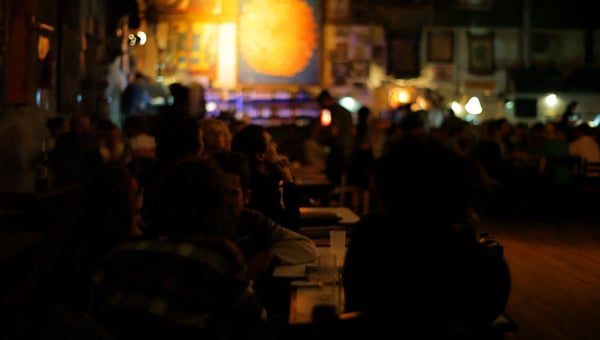 “Tango”
“Tango”
Buenos Aires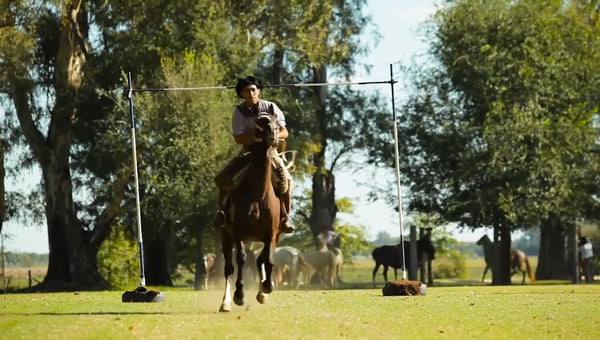 “Gaucho”
“Gaucho”
Buenos Aires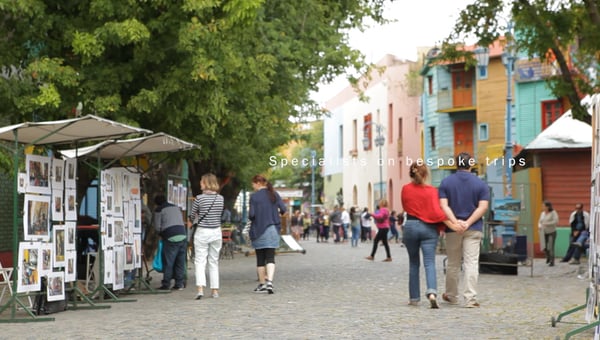 “Caminito”
“Caminito”
Buenos Aires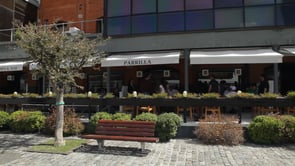 “Buenos Aires by Acrux”
“Buenos Aires by Acrux”
Buenos Aires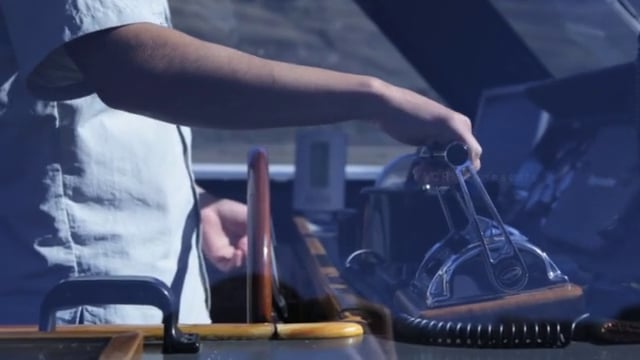 “Patagonia by Acrux”
“Patagonia by Acrux”
Patagonia
· Travel Nets ·
- 4.327 Satisfied travelers
- 386 Featured Destinations
- 1.874.955 Kilometers Travel
- 1.289 Unique Experiences Performed
- 51 Different countries visited us
- Countless photos taken
· Feedback ·
-
It was good to meet you in BA. We have now returned to the UK after a wonderful holiday in Argentina.
Alex - UK -
It was one of the best trips we've ever done. Thank you so much for all your help!!!
George - UK -
Bueno, te agradezco nuevamente por todo, tenemos un muy buen recuerdo del viaje y muchas fotos!!! Espero volver pronto a Argentina.
Micaela - ITA -
We had a great time at Iguazu and everything went perfect. We hope to visit Argentina again.
Nicos - Cyprus -
Fue increíble el viaje. El paisaje es realmente de morirse. Me gustó absolutamente todo, pero tuve una debilidad especial por el Valle Encantado.
Paula - ARG -
Yes, things went well and we had a fantastic and interesting time. Quite amazing to wake up in the middle of the vinyards of Cavas. This is a great place! Thank you very much for your assistance during the trip and the organization.
Jörg - Suiza

